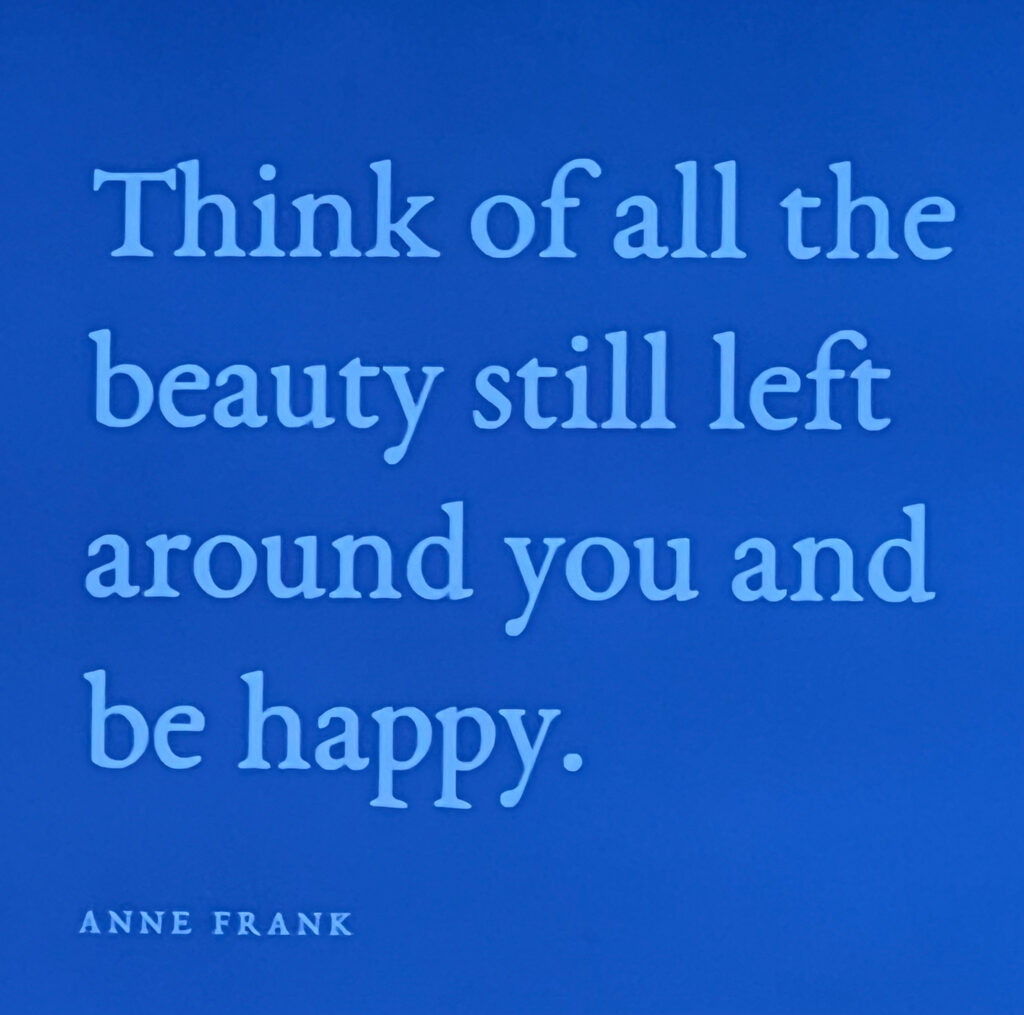
Saturday morning, with the bikes safely stored, John turned his mind from Ride-with-GPS bike routes to Nederlandse Spoorwegen (NS) (Dutch Railways) train schedules. As mentioned previously, we had booked tours for today of Amsterdam’s Rijksmuseum and Anne Frank Huis ‘way back in March. It was forecast to be – and was – a rainy day, so, a good day to be inside. It was an easy hour-long train ride from Amersfoort to Amsterdam.
Amsterdam: WOW. So many canals. So many bridges. So many cyclists. This was next level, and these cyclists take no prisoners; you’re risking your life if you step onto the bike path or disobey a traffic signal (red means stop, as in, don’t even think about going). They joke that the red bricks in the bike lanes are to camouflage the blood of tourists who’ve been hit.
We had a timed-entry ticket for 9:30 a.m. at the Rijksmuseum. Over coffee and breakfast in the museum’s cafe we studied the floorplan and the website, figured out which masterpieces we didn’t want to miss, and made a game plan. The best known piece of artwork in the museum is Rembrandt’s The Night Watch which, although it is currently being refurbished, is viewable. It is spectacular in its size (12 x 14-1/2 feet), execution, and attention to symbolic detail. You may enjoy this flashmob representation of the painting, delivered with typical Dutch humour.
We also enjoyed seeing some work of another famous Dutch painter, Vincent Van Gogh, and were surprised to stumble on a painting of Gustav Mahler that we were very familiar with. Mahler had a special connection with Amsterdam.
Confession: I did not know that Louis Bonaparte – i.e. Napolean Bonaparte’s kid brother – was the first king of Holland. You can see a painting of his wife Hortense and a short biography in the photos, below. TLDR version: his reign was short. Four years.
We had some time to put in before our timed visit to the Anne Frank Huis. We happened onto a site I wanted to see: the “Homomonument“, erected in honour of members of the 2SLGBTQ community who have suffered persecution due to their sexual orientation around the world. There was a peaceful, joyous celebration happening at the monument, in the rain. Interestingly, although in Hitler’s Germany members of the LGBTQ community were targetted for deportation to concentration camps (along with Romani, physically and mentally handcapped people, etc.), in Holland they weren’t treated as harshly. They were often imprisoned, but the Dutch LGBTQ community were not, for the most part, deported to concentration camps. And, as we were to find out at Anne Frank Huis, Dutch citizens often also took a stand for their Jewish neighbours, hiding them, supporting them, overseeing their safe transit out of the city. Even so, over 100,000 Jews were deported from Amsterdam.
By now, it was very very busy in the streets, lots of umbrellas, wet people, canal boats, and bicycles. We deked into a dry cafe and nursed a bowl of soup and a sandwich, and enjoyed access to a WC. (No “green doors” in big cities, LOL.) Luckily, we had those pre-purchased tickets for Anne Frank Huis because they were sold out for the day and no amount of whining or wheedling would gain you entry. The staff are polite, and respectful, and firm.
Once you are admitted to the Anne Frank Huis, there is a half hour presentation by a wonderful museum spokesperson who talks about the political events that led to the Frank family’s move from Germany to Amsterdam, and then living secretly in the ‘annex’ for 761 days before they were discovered. (July 6, 1942 – August 4, 1944.) There are photographs, and even a short clip of young Anne waving at guests at a wedding in happier times.
Once you are in the house proper, there are no photographs allowed, and you move through the house, and up many many narrow staircases, in an orderly fashion, listening to an excellent audioguide. It is very well organized; they are handling a very large number of people every day, and one leaves feeling depleted, saddened, reflective. And determined. #neveragain.
I bought a copy of the diary in the bookshop; the last time I read it was when I was in grade eight or so.
I was reminded, also, of the incredible bravery of the people who took a stand for the Frank family and the other four people who were in hiding with them. The helpers were just ordinary people taking extraordinary risks because it was the right thing to do. Victor Kugler, Johannes Kleiman, Miep Gies, and Bep Voskuijl were the only employees who knew of the people in hiding, and with Gies’s husband Jan Gies and Voskuijl’s father Johannes Hendrik Voskuijl, were the support for the duration of the confinement.
Suffice it to say, we had a quiet walk back to the train station.
Sunday.
Sunday morning was brighter but still, rain was in the forecast. On our walk to Amersfoort’s train station we admired beautiful homes and gardens. Huge rhododendruns there are inspiring me to rip all of mine out and try something else. Mine are pathetic.
Once we arrived in Amsterdam we had some fun recreating a couple of my dad’s – Jack Paddle’s – photos. (The train station, and city hall.) We had booked a tour with Scottish “Claire” through Get Your Guide, (HIGHLY RECOMMENDED) and she started with a visit to the Red Light District. We were with Claire for about three hours, she was a joy and extremely knowledgeable. Amsterdam is celebrating its 750th birthday later this year, so lots of preparations are being made for that.
About Amsterdam’s canals: they’re full of bicycles that people have ditched (some are stolen, then unloaded there in desperation, some are throw in, in frustration – 12,000 to 15,000/year of them) but the city has special machines on barges that fish them out, and take them to a recycling facility that turns them into scrap metal. Also found in canals: it’s really hard to get out of a canal (no swimmer friendly ladders) and a good percentage of the bodies they pull out are young men, flies undone. Why? they’re drunk, late at night, having a wee, fall in and…. They also find cars (30-50/year) because there are no guard rails. If you’re not good at parallel parking and misgauge the edge… Or, maybe it’s that Amstel beer contributing, again, to the problem.
We resisted buying a souvenir round of Gouda cheese before we headed back to the train station. Cheese is heavy, and we planned to walk around Amersfoort, which we did! We managed to tour the Piet Mondrian Museum (now there was a man who was compulsive about colour and order and organization), and luckily, timed our delicious dinner (with a gorgeous Salentein white wine) to coincide with an absolutely torrential downpour. I tried “genever”. We enjoyed our walk back to the hotel and later discovered that we had been in exactly the same spot that my parents had been in the 50s; we had taken photos on the bridge that my dad had photographed. This was a shock for me, as I hadn’t expected them to have been in Amersfoort; it’s off the beaten path, in fact we were only there because our friend Ben had offered to store the bikes there. A nice way to end the day.
We did 22,358 steps on Saturday, and 23,237 on Sunday.
The next day we were heading to Hamburg. But I miss cycling….
These are my dad’s photos of Amsterdam and Amersfoort. John and I had some fun finding the sites and then replicating them: the train station, City Hall, and Amersfoort.



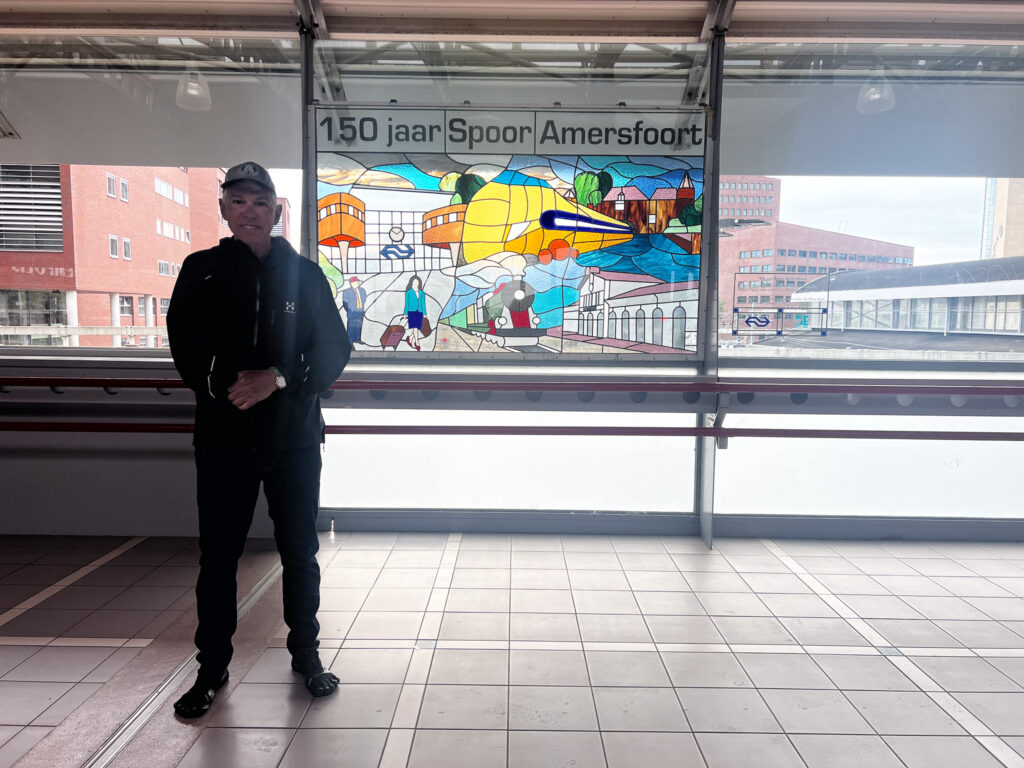
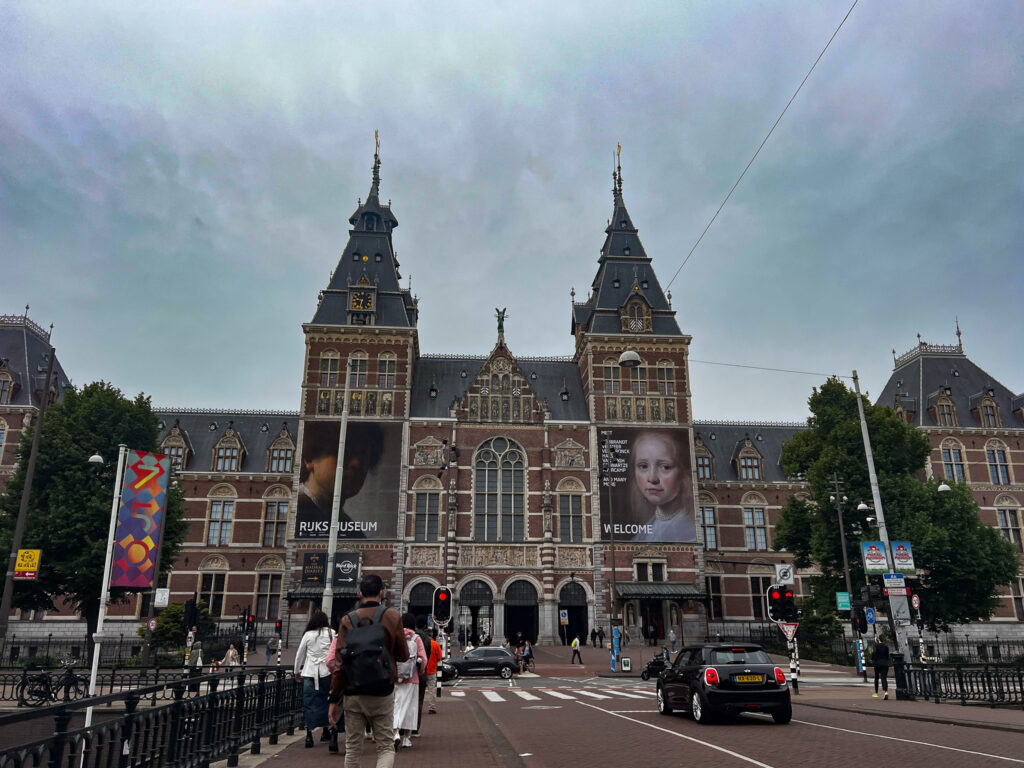
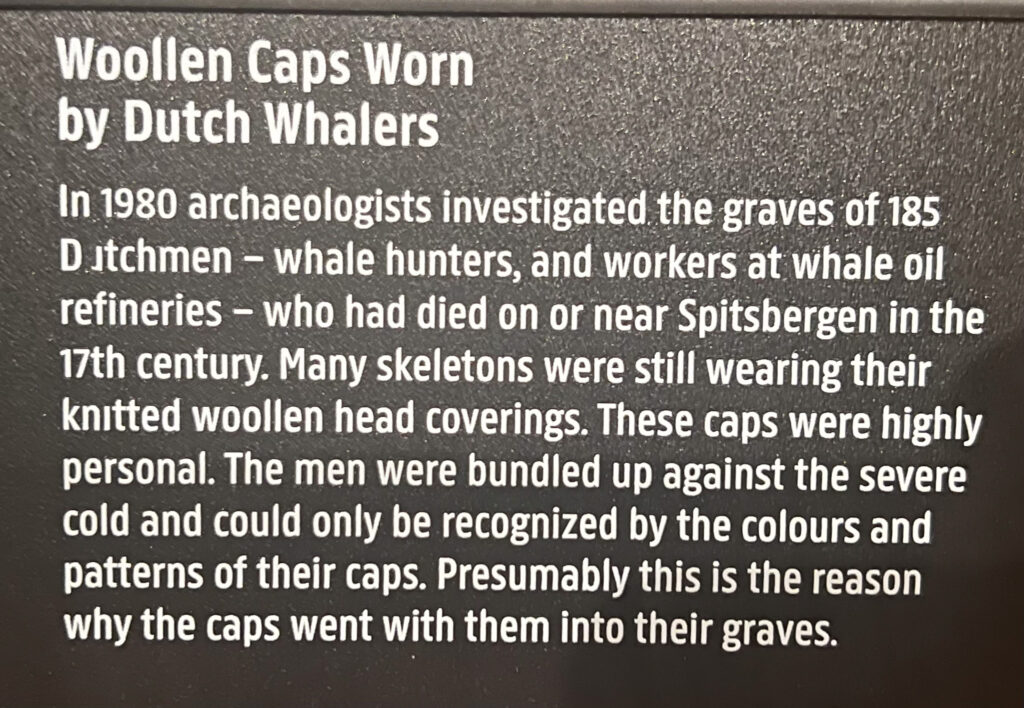
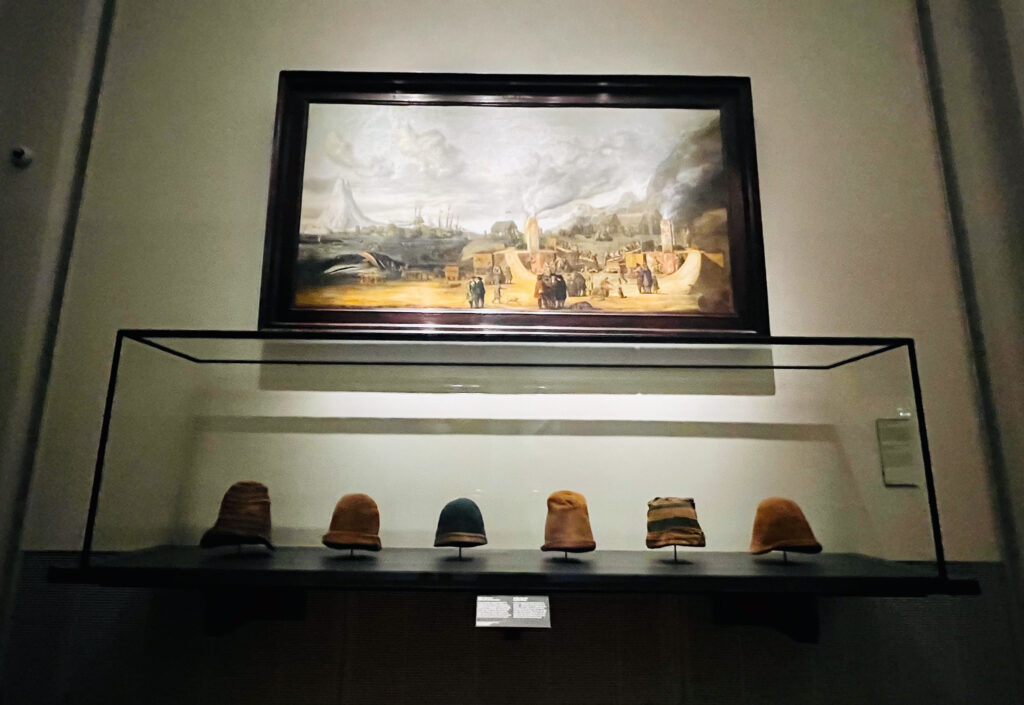
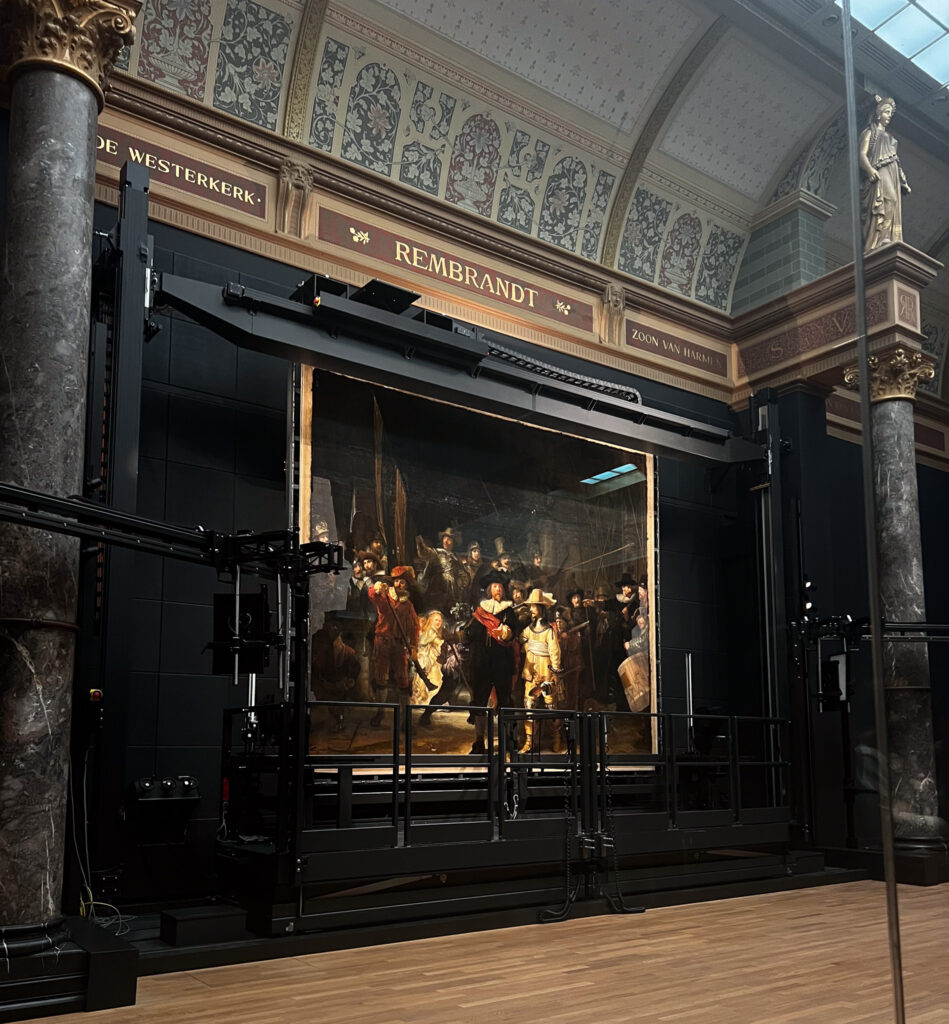
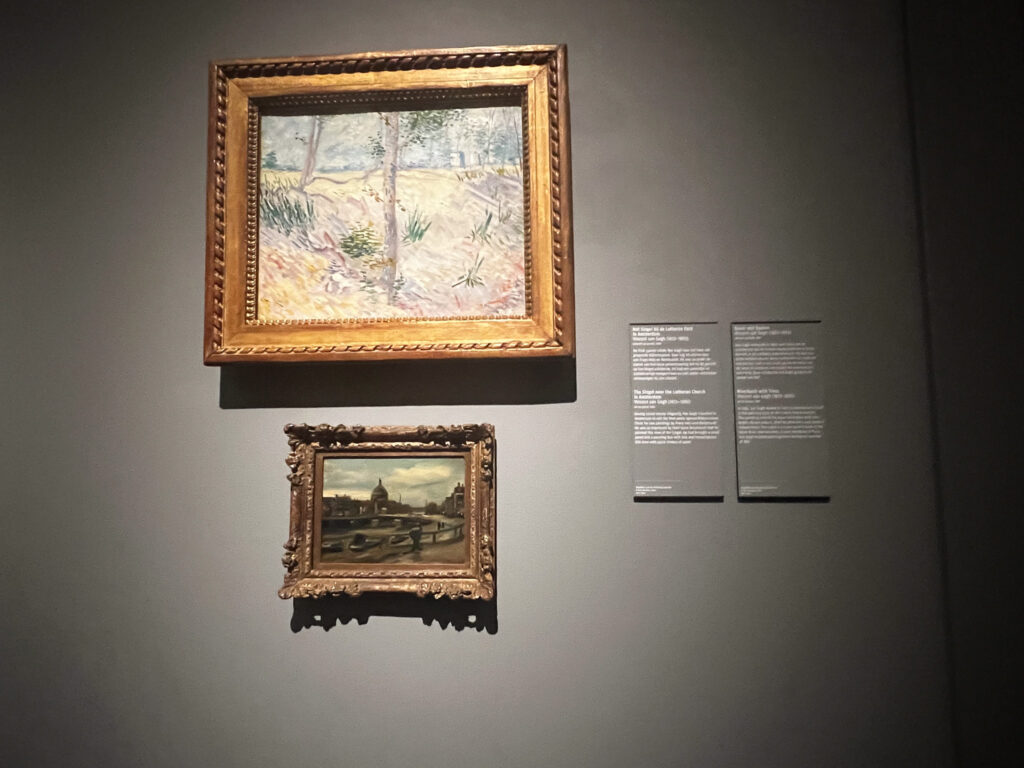
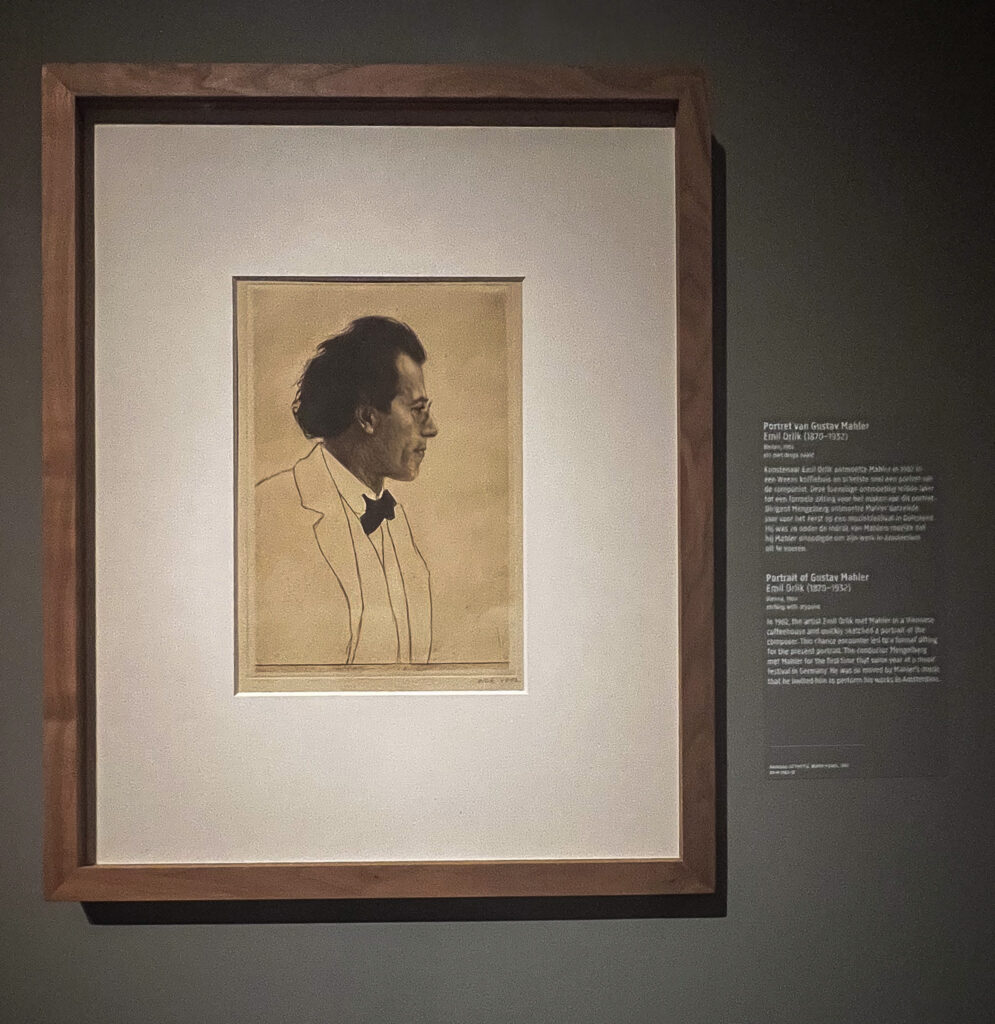
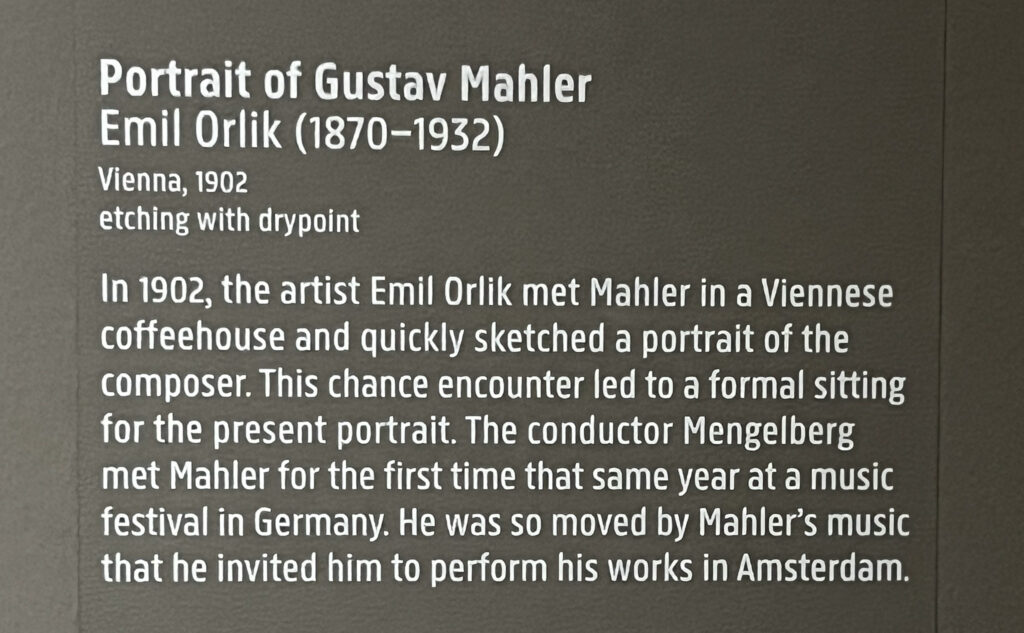
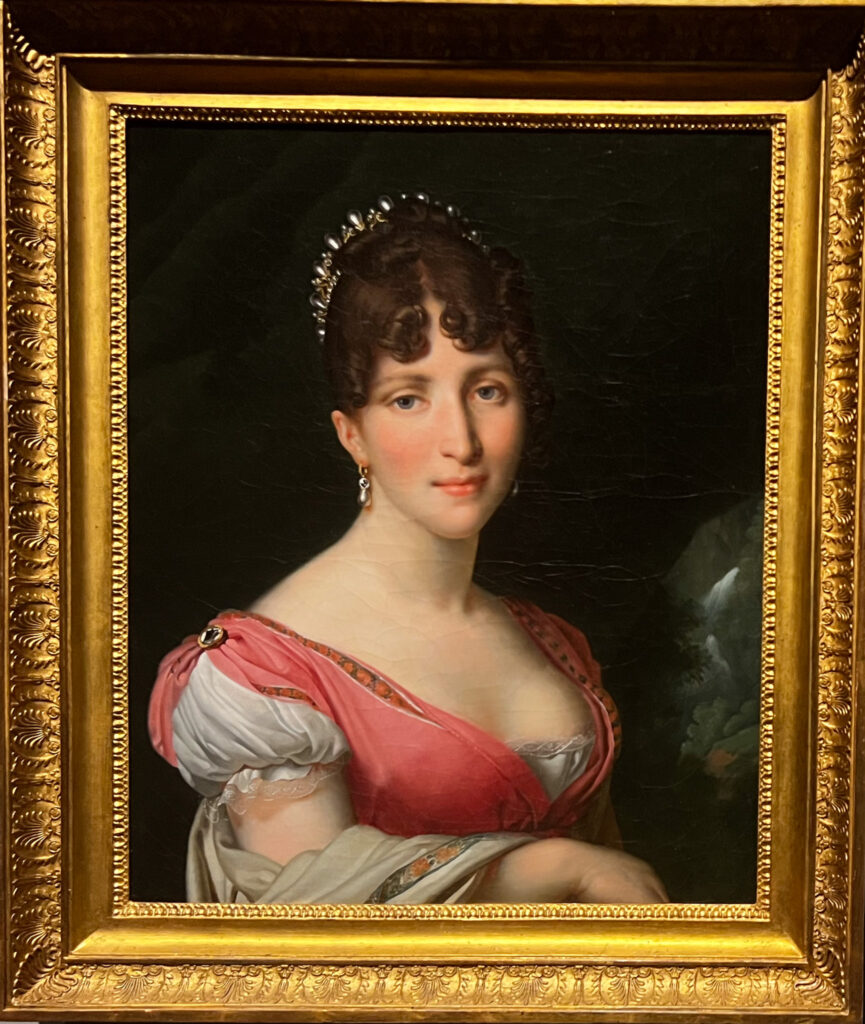
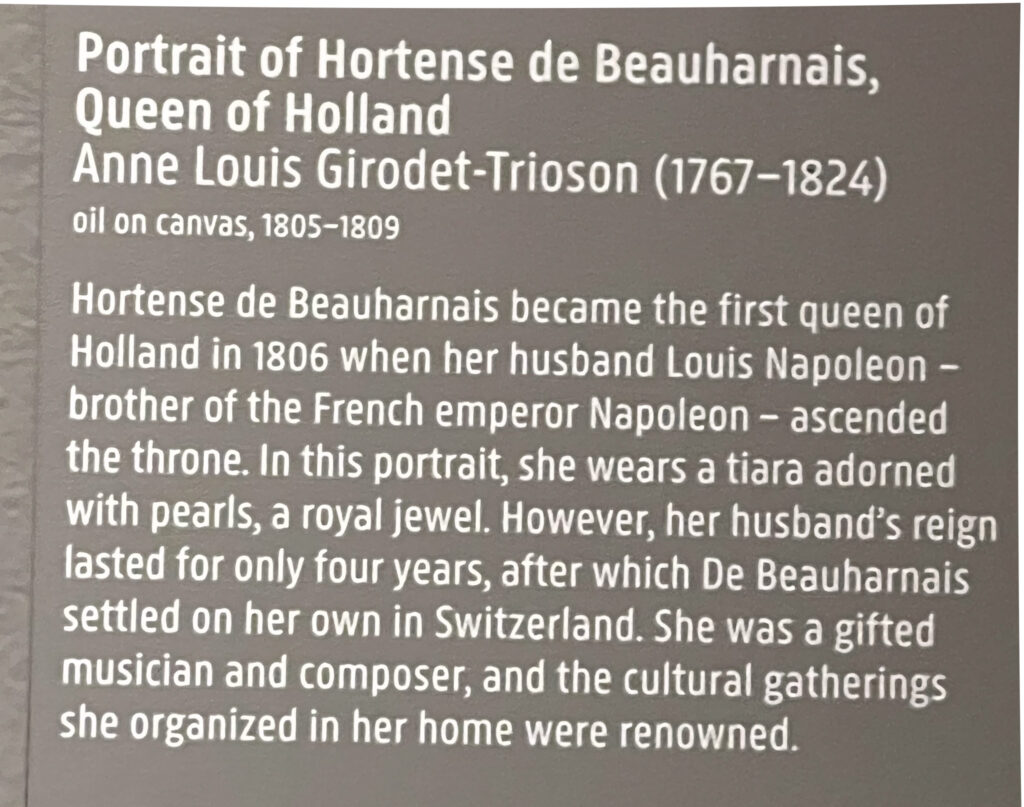
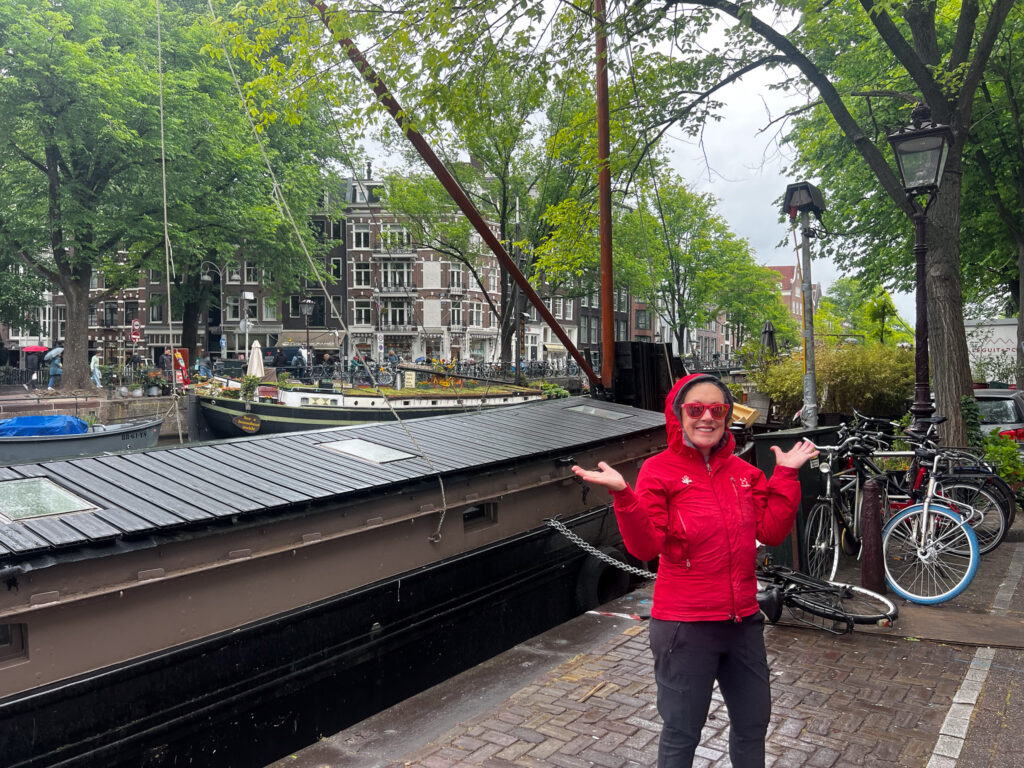
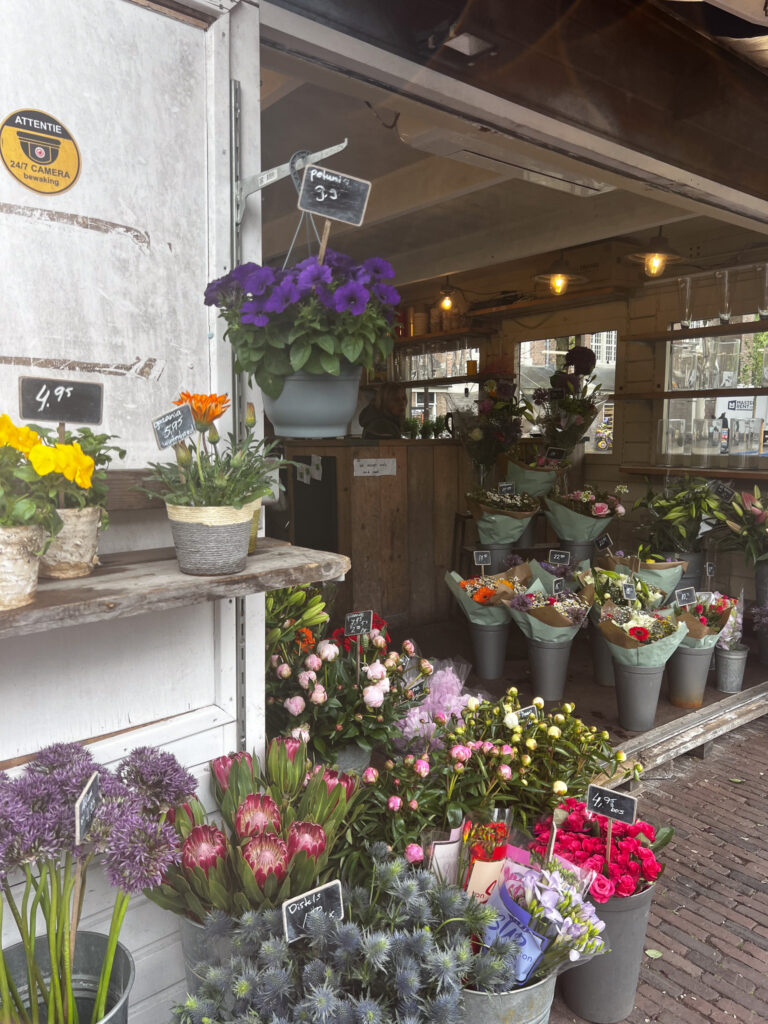
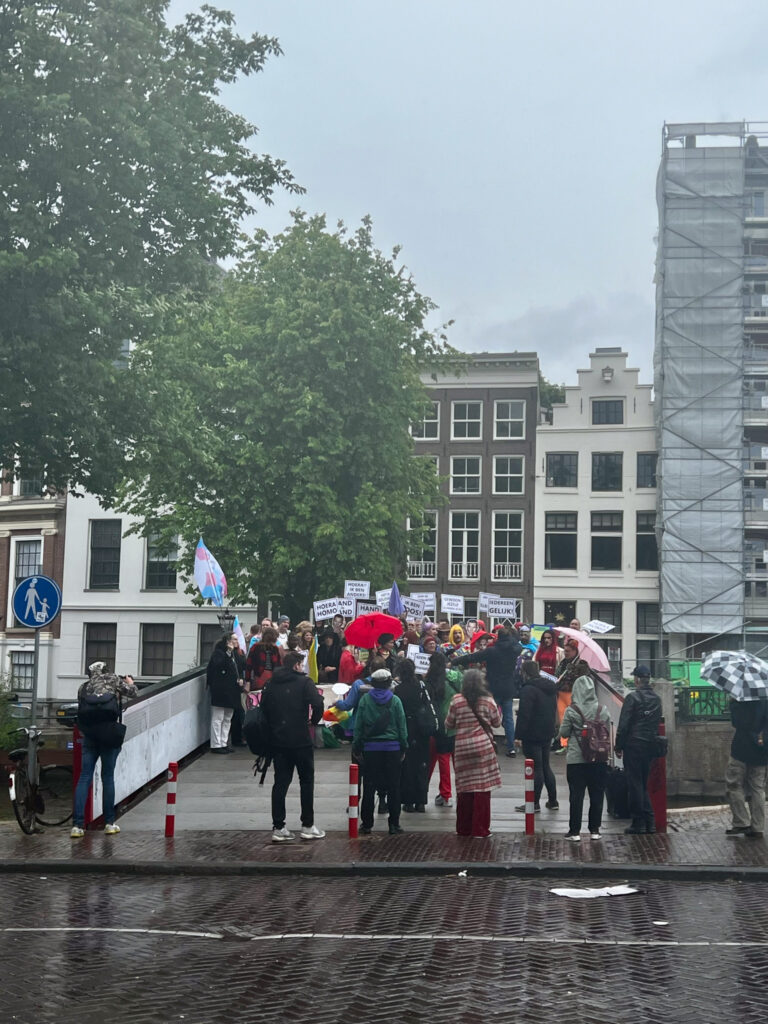


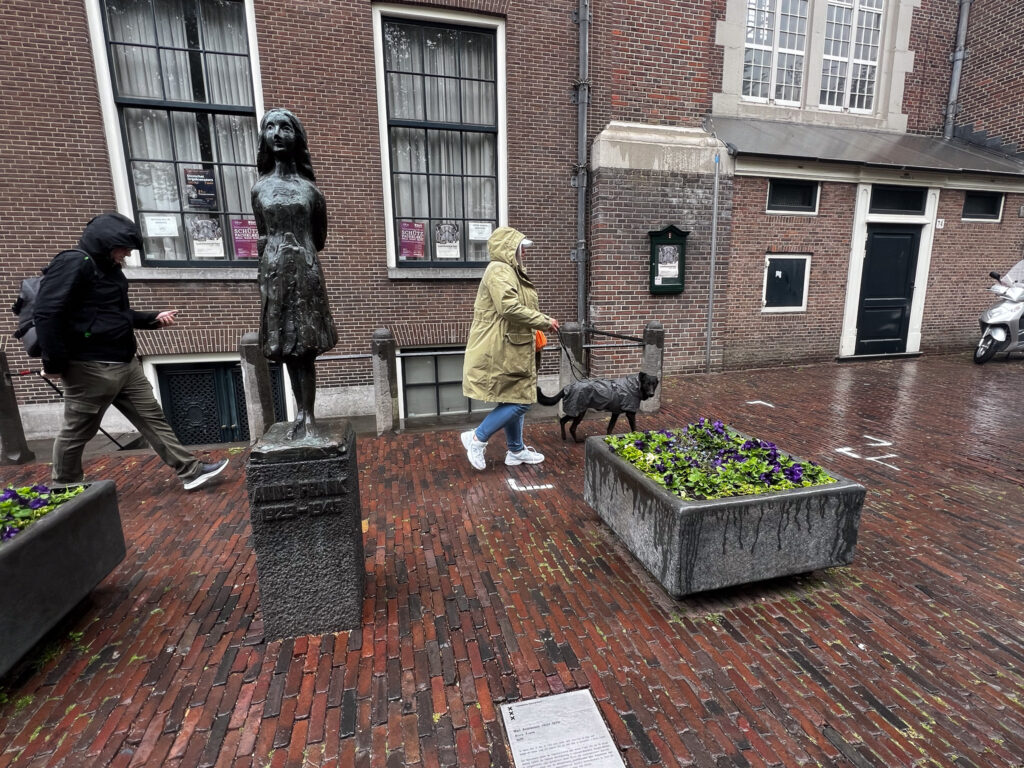
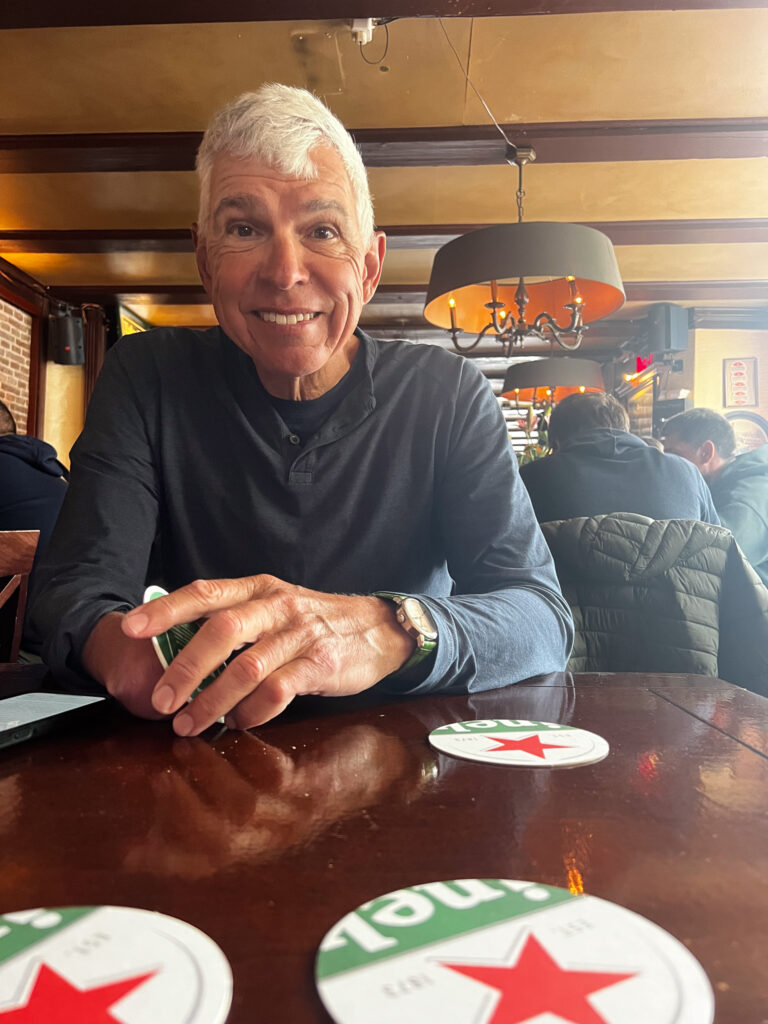
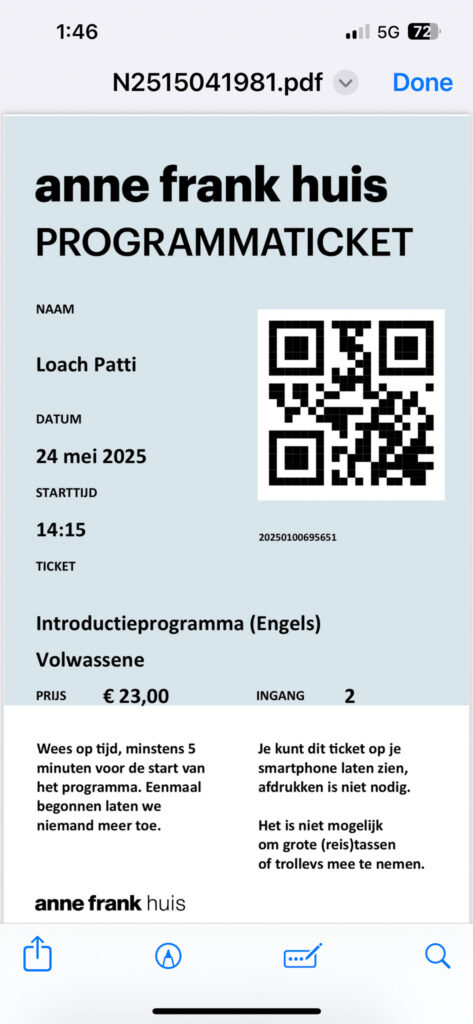
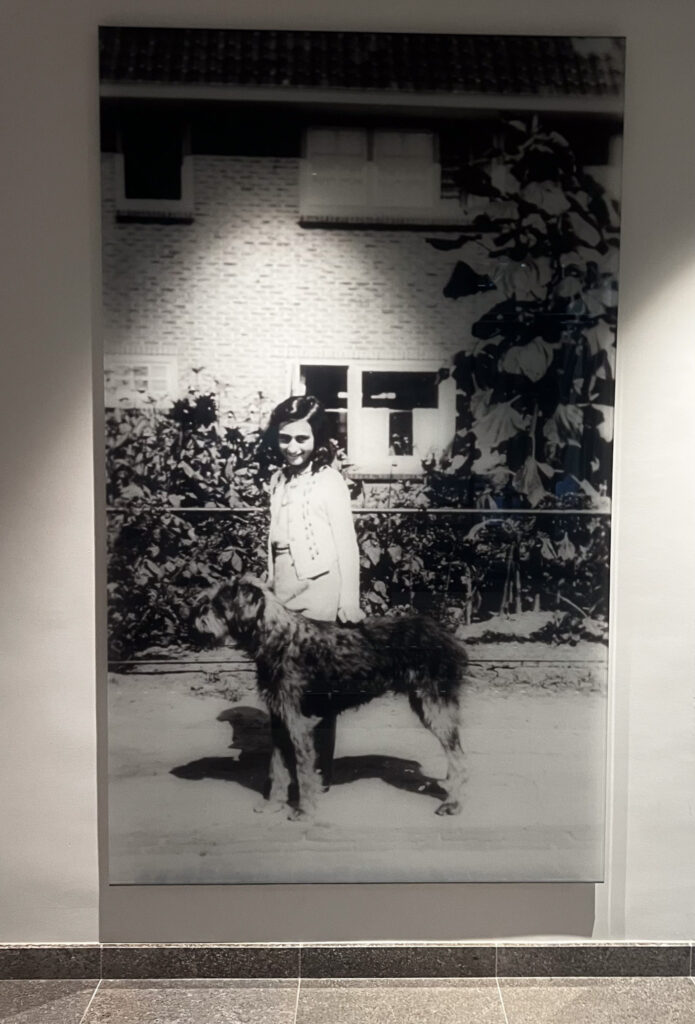
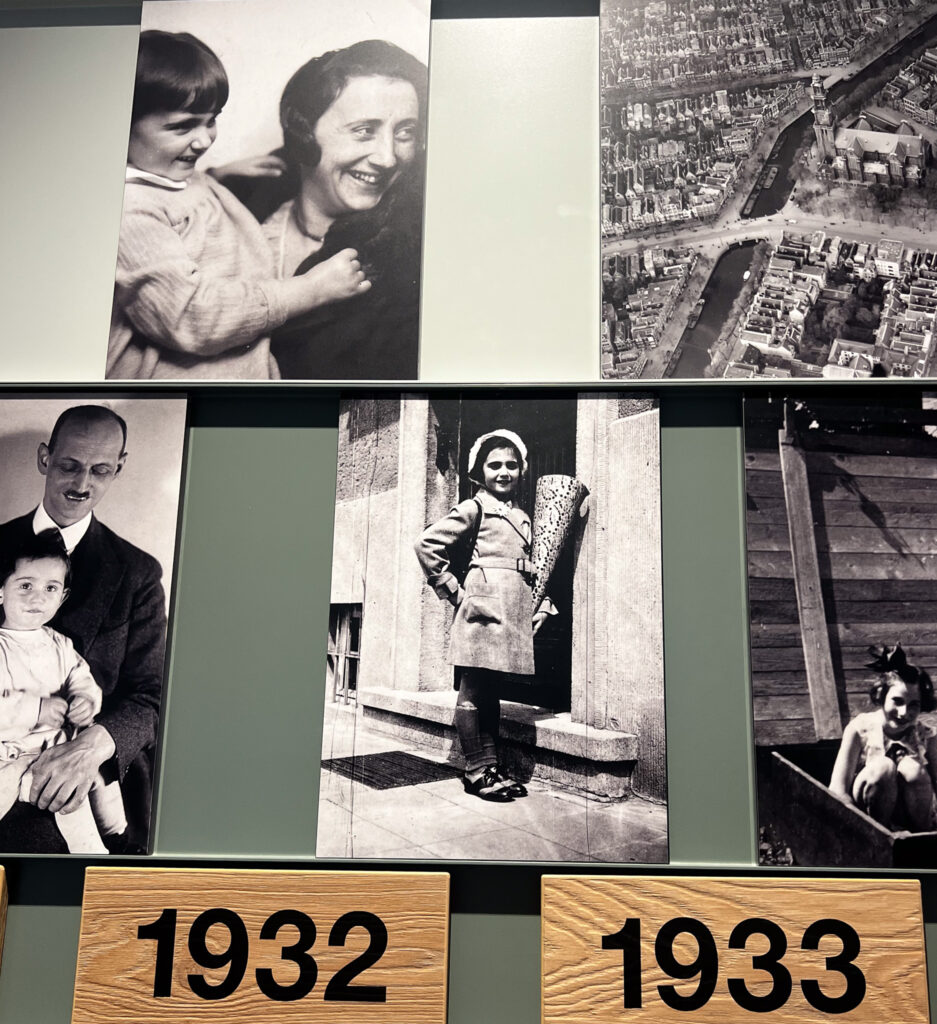
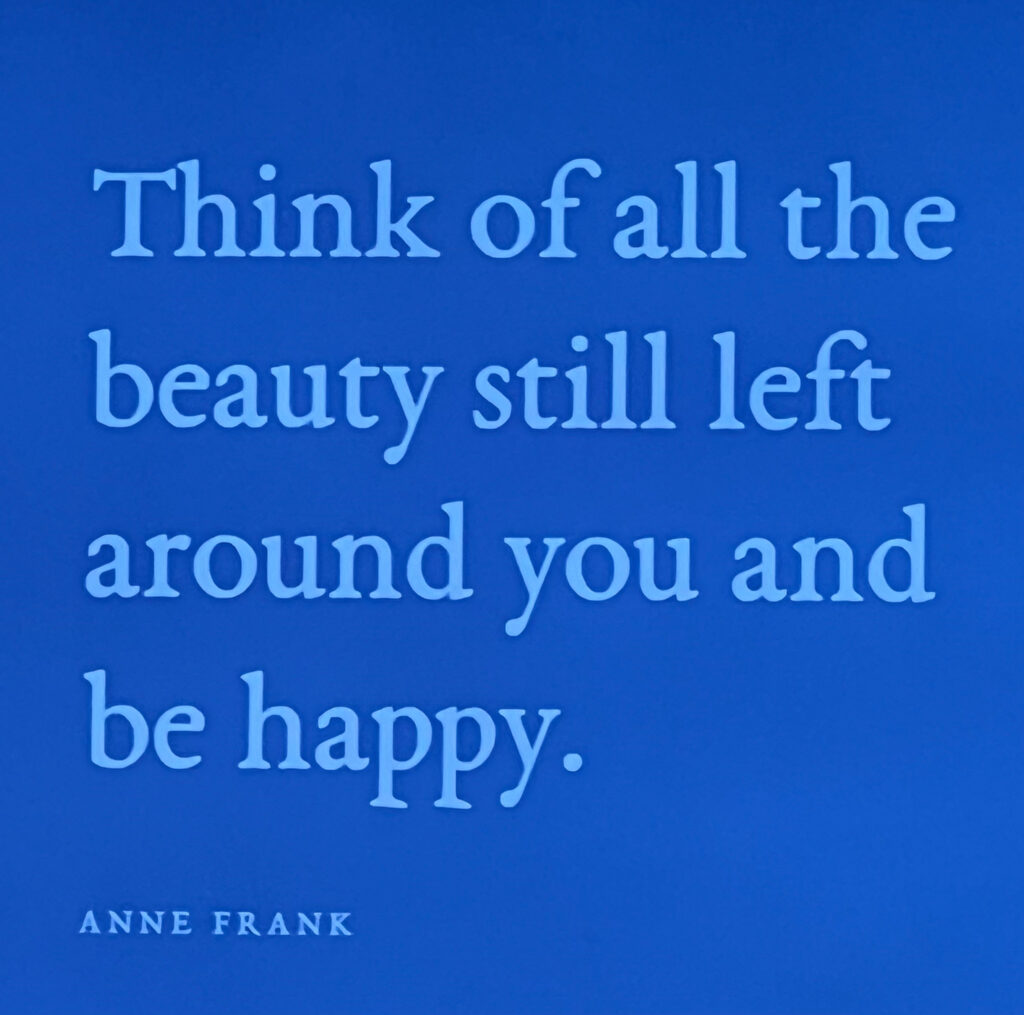



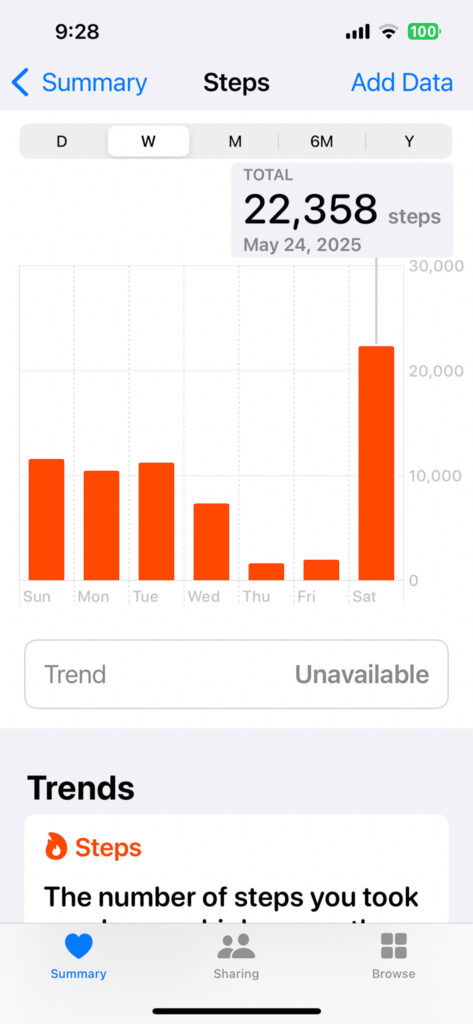
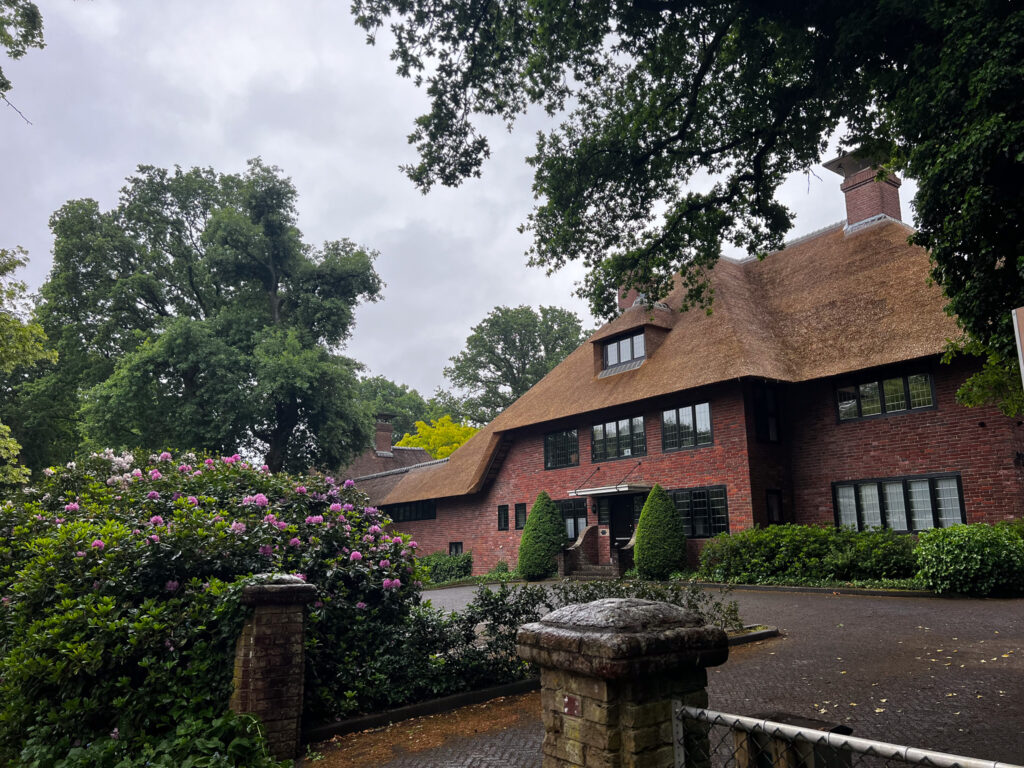

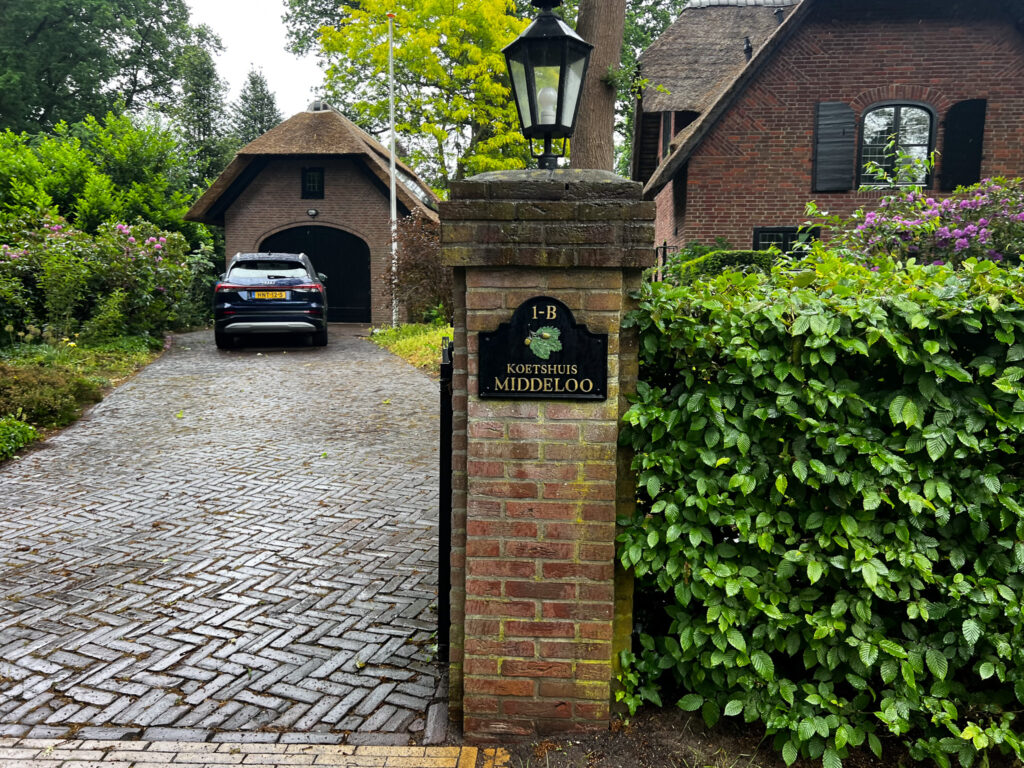
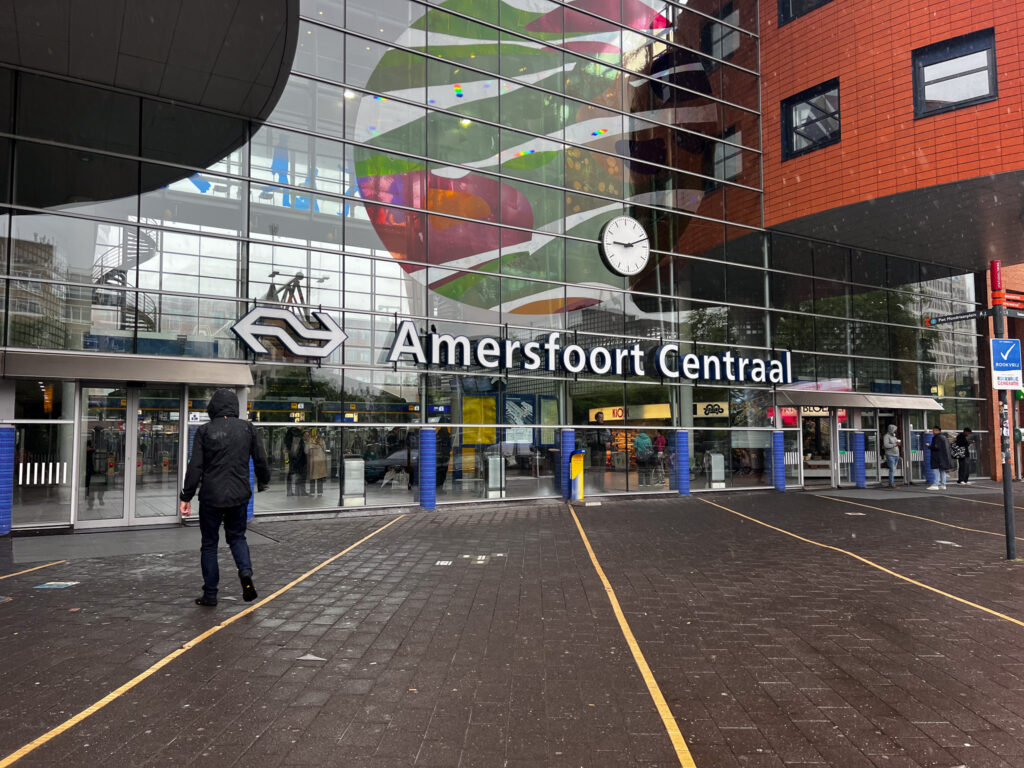
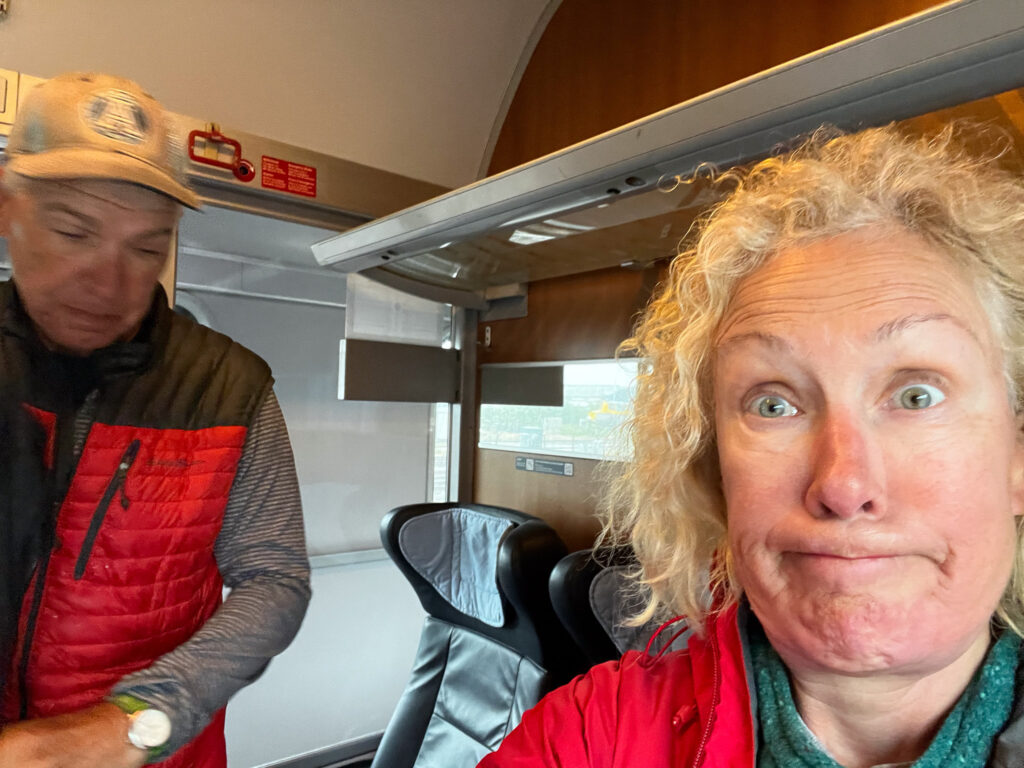
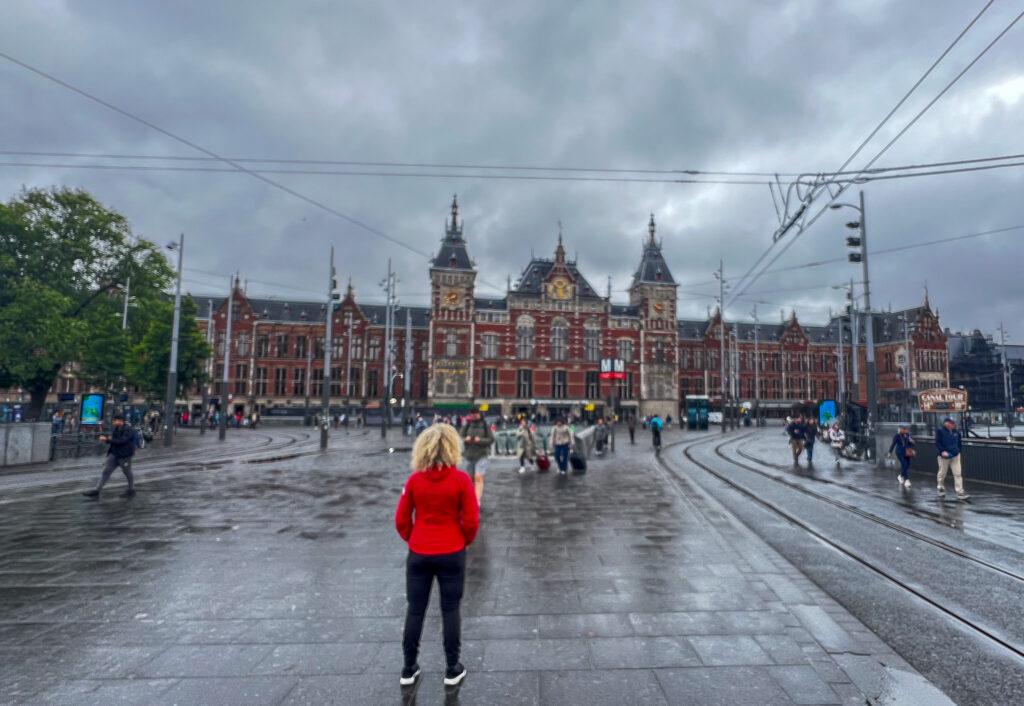
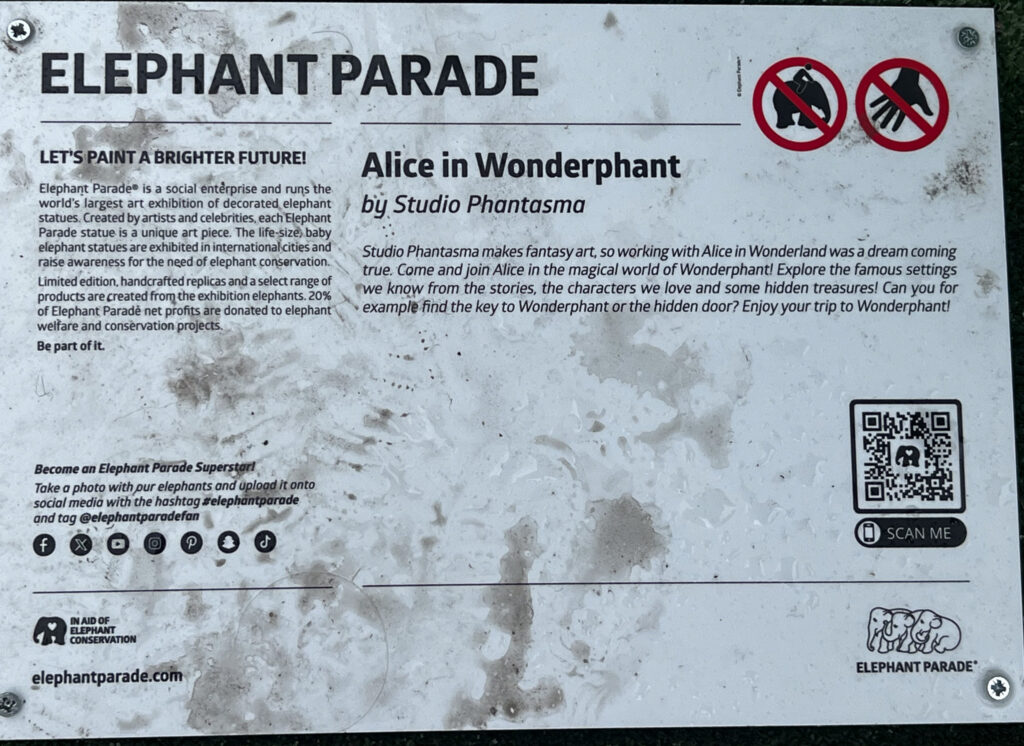
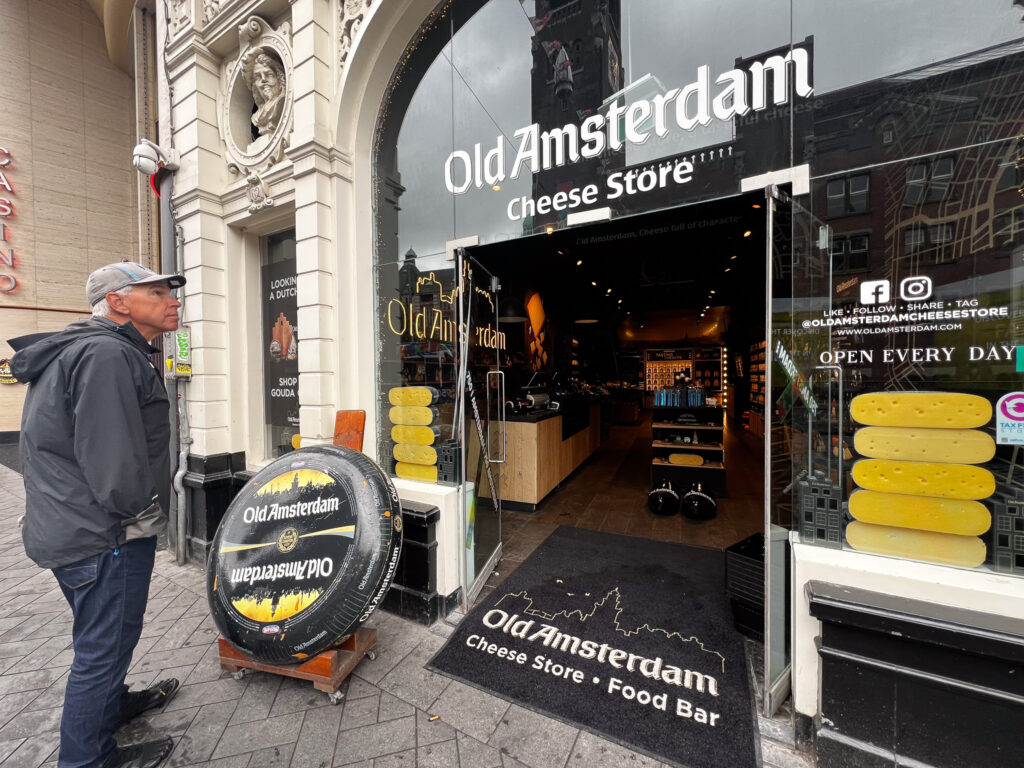
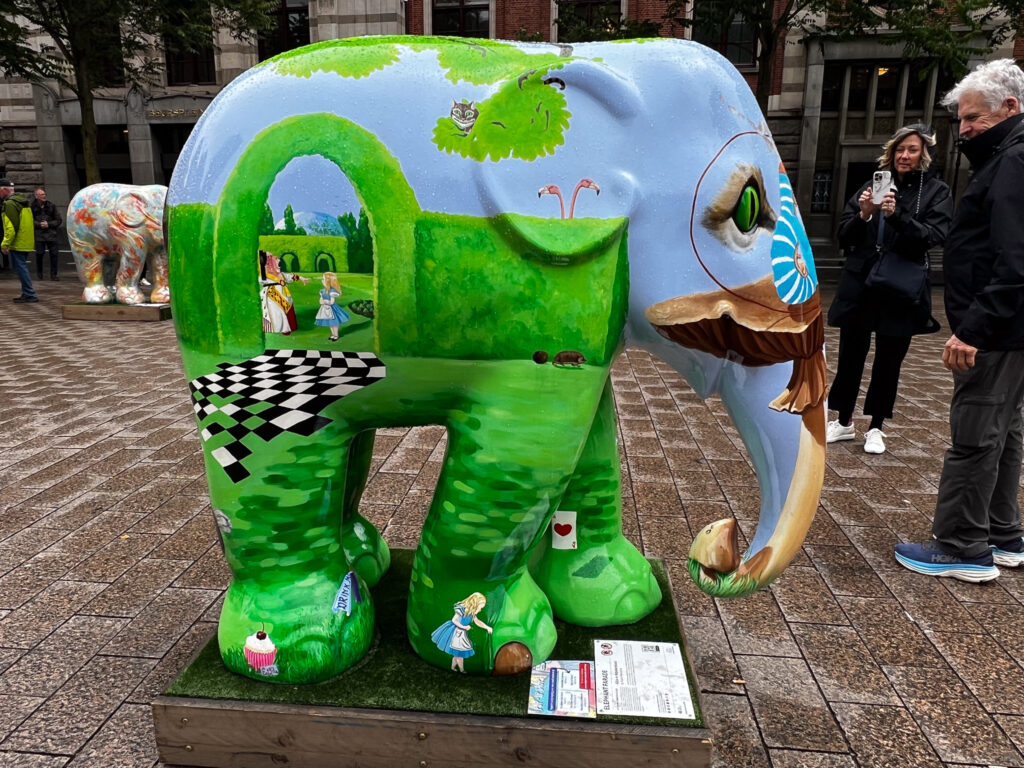
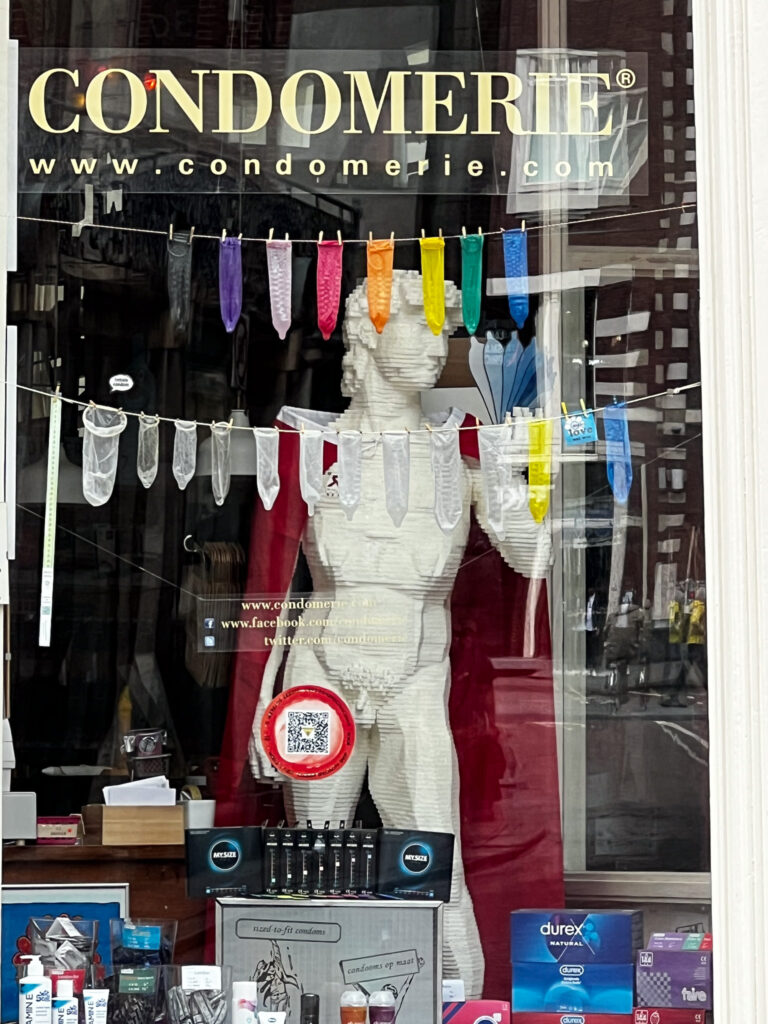
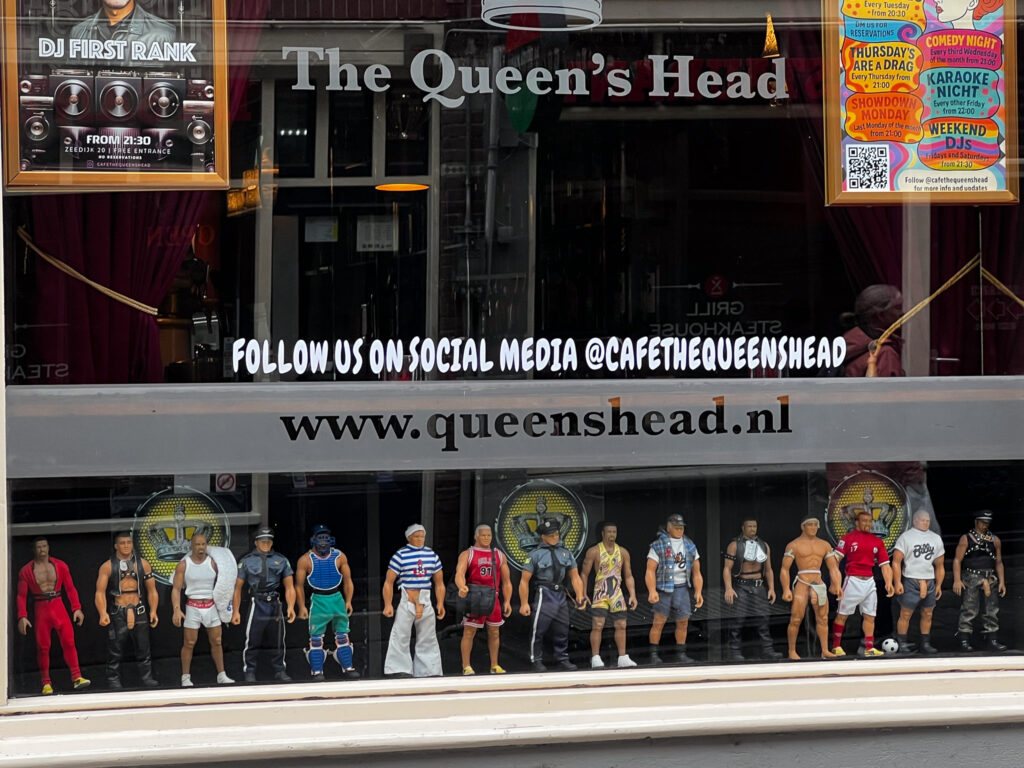

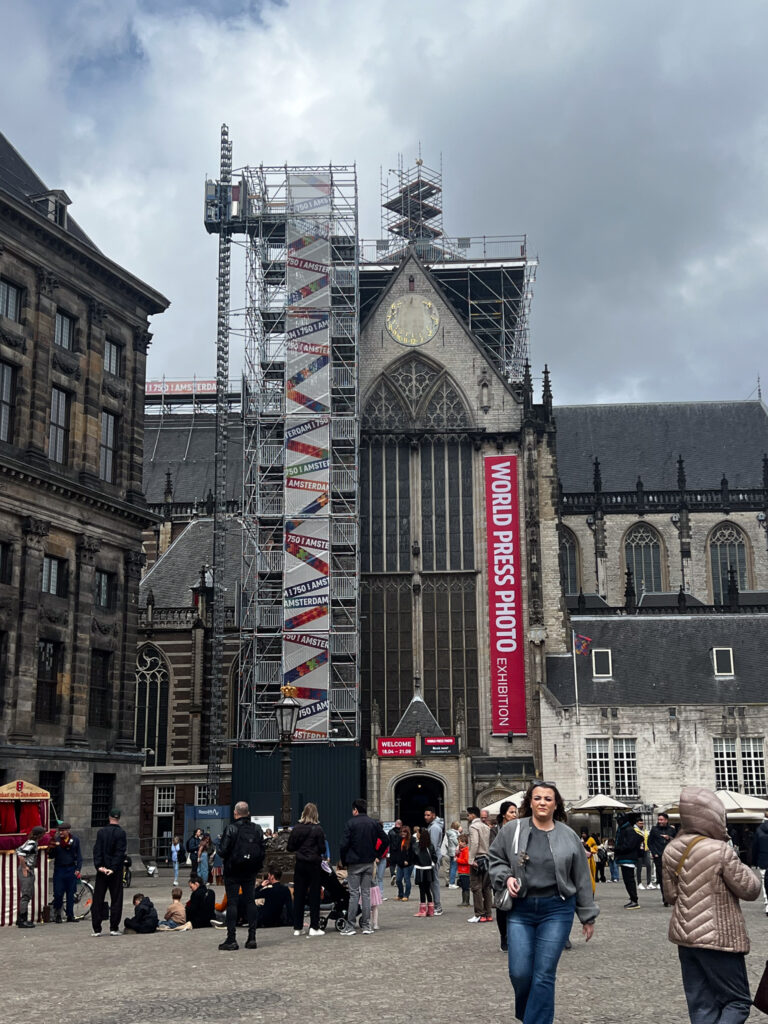
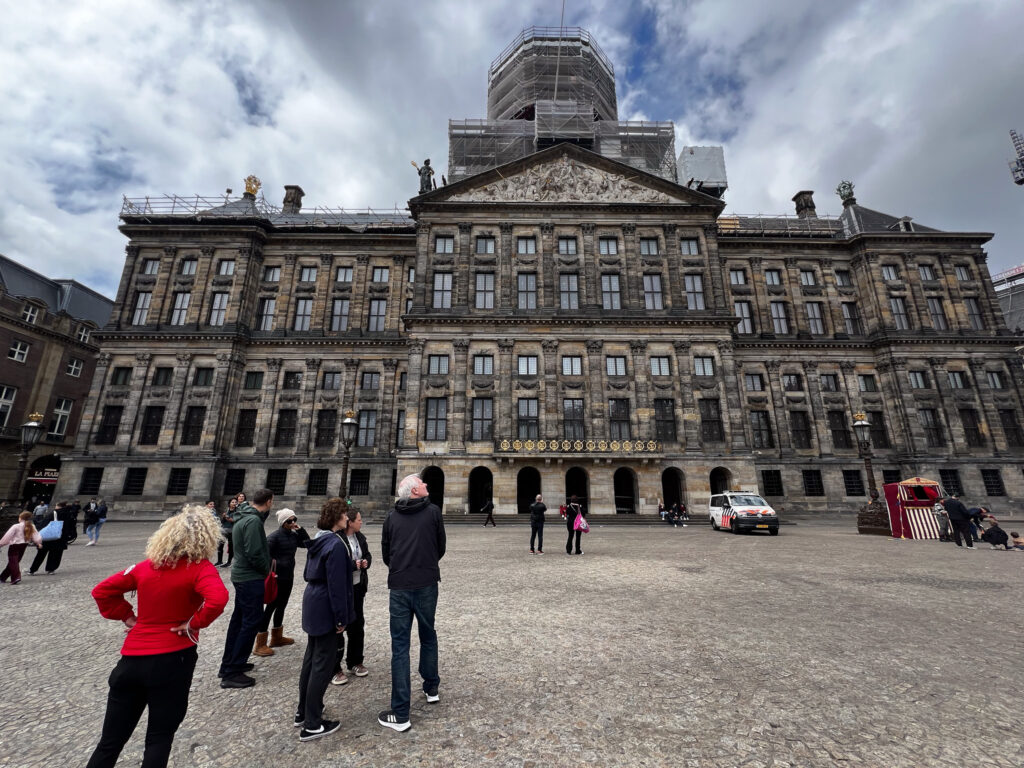
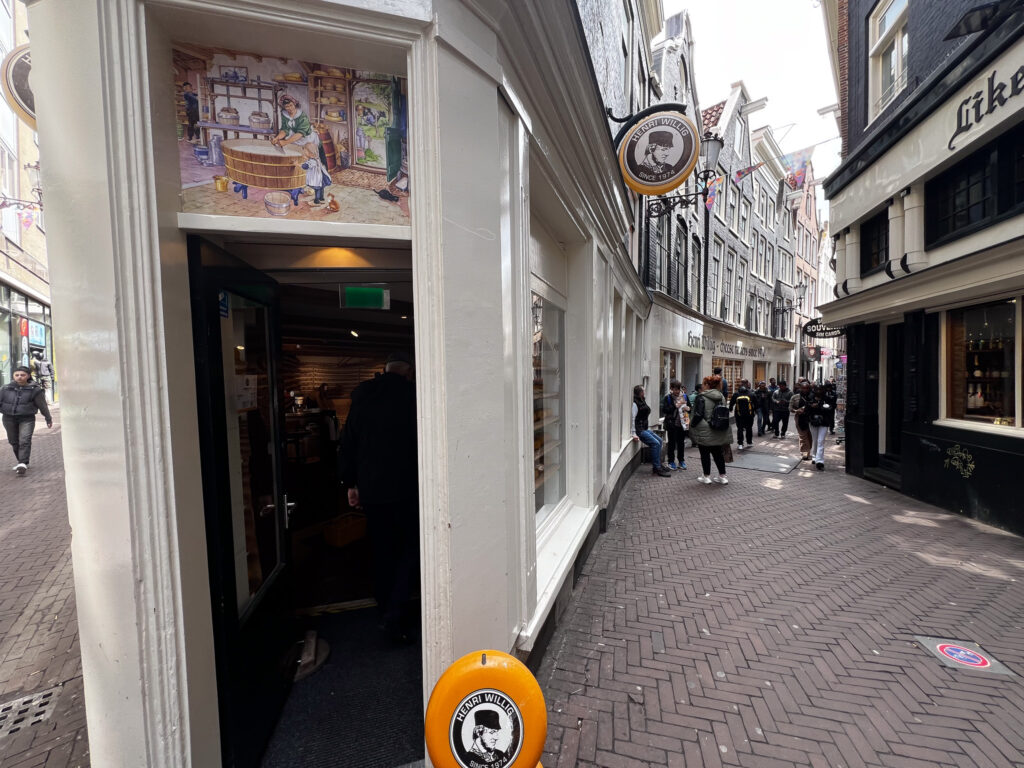
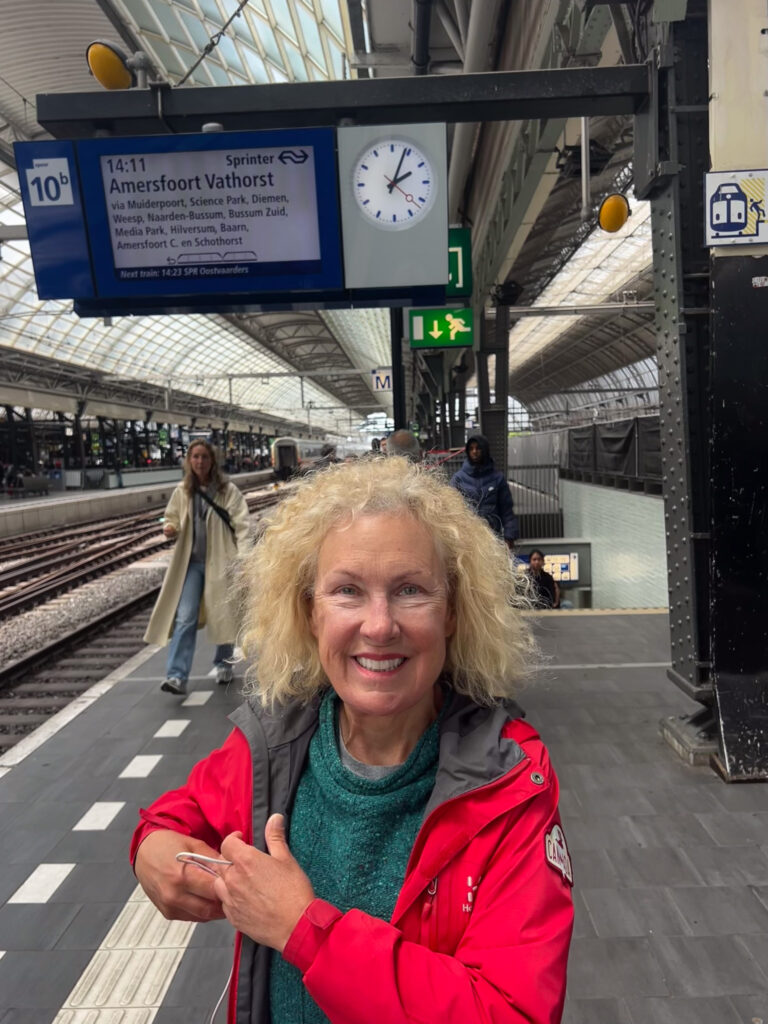

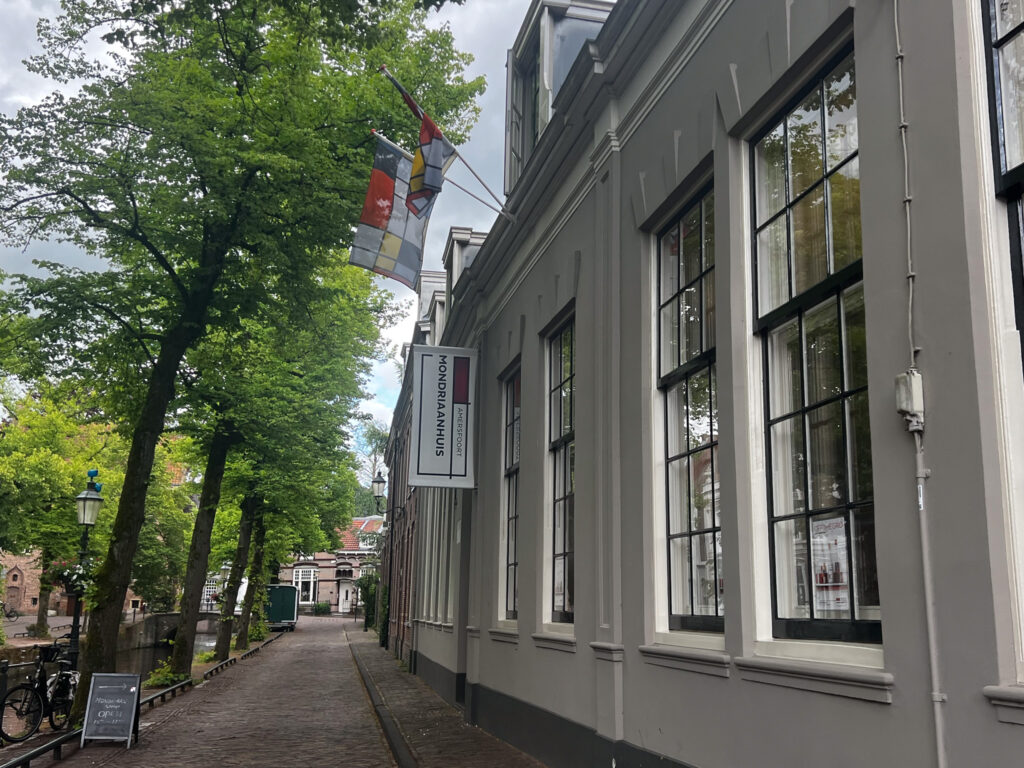

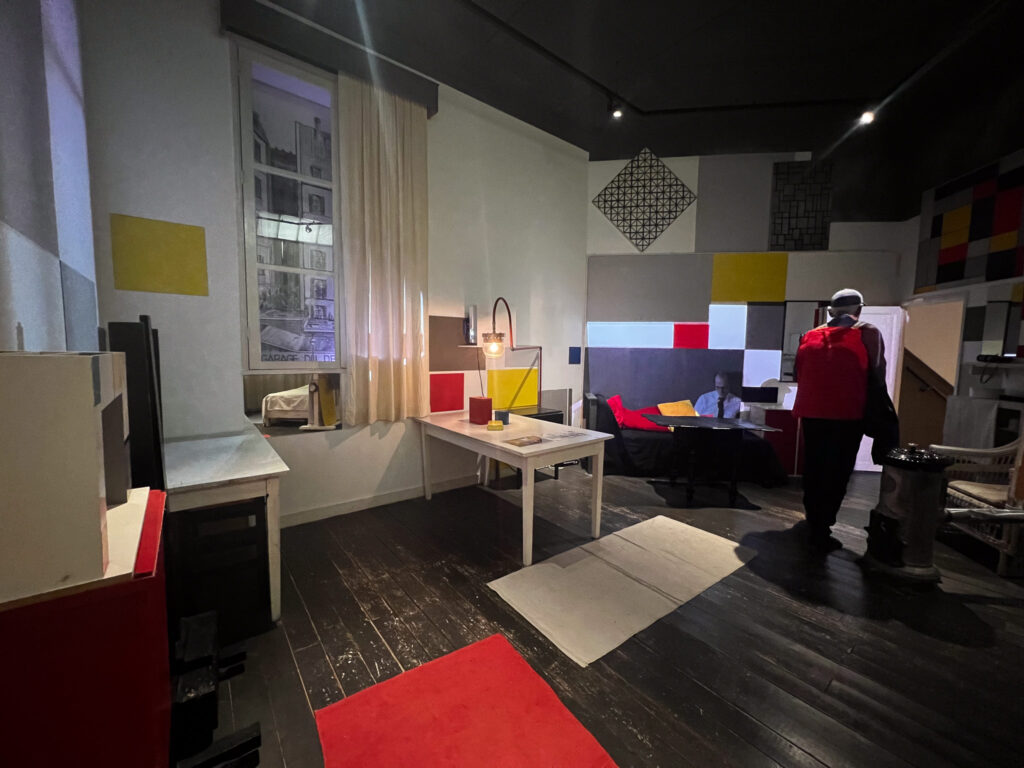
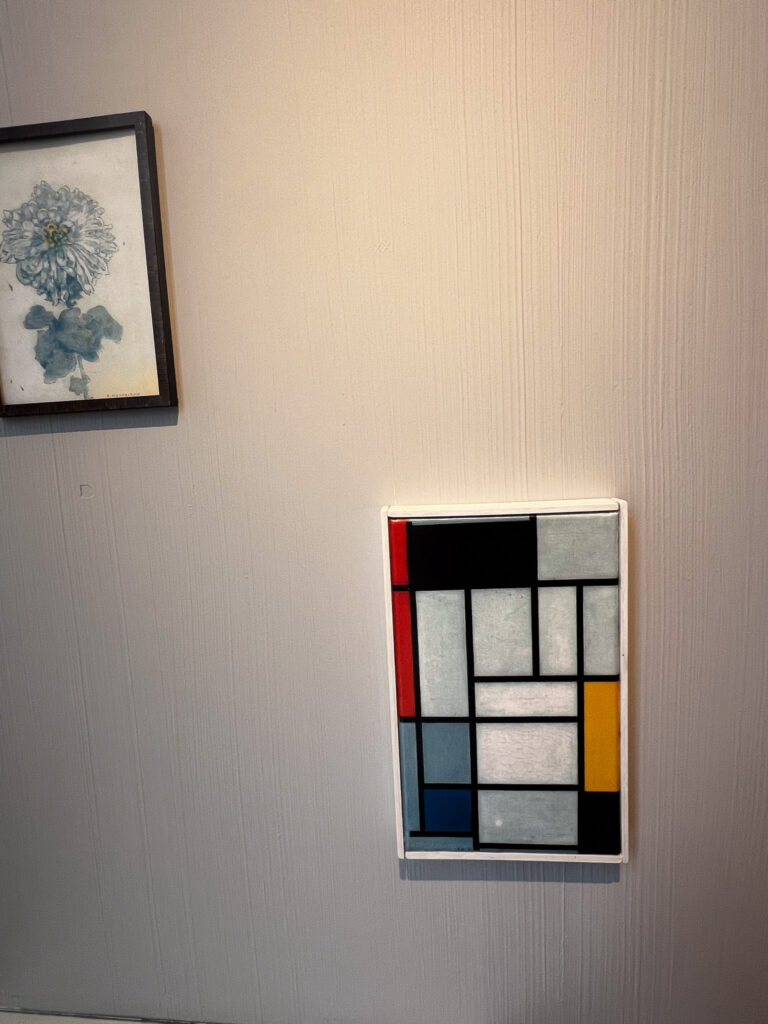


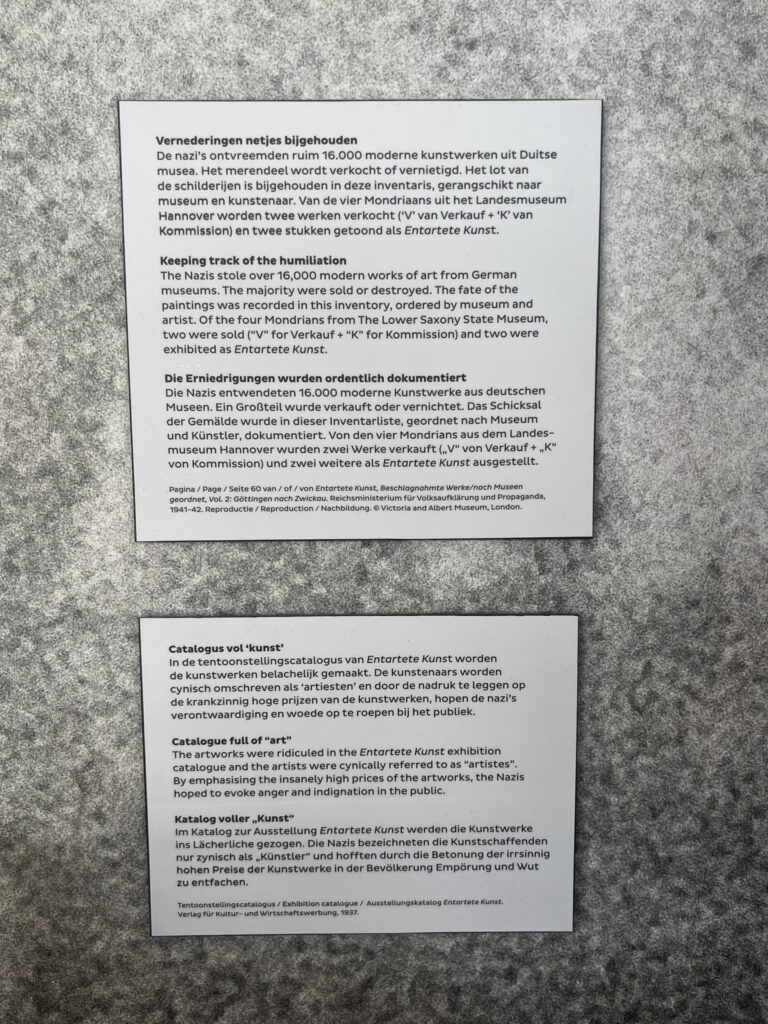

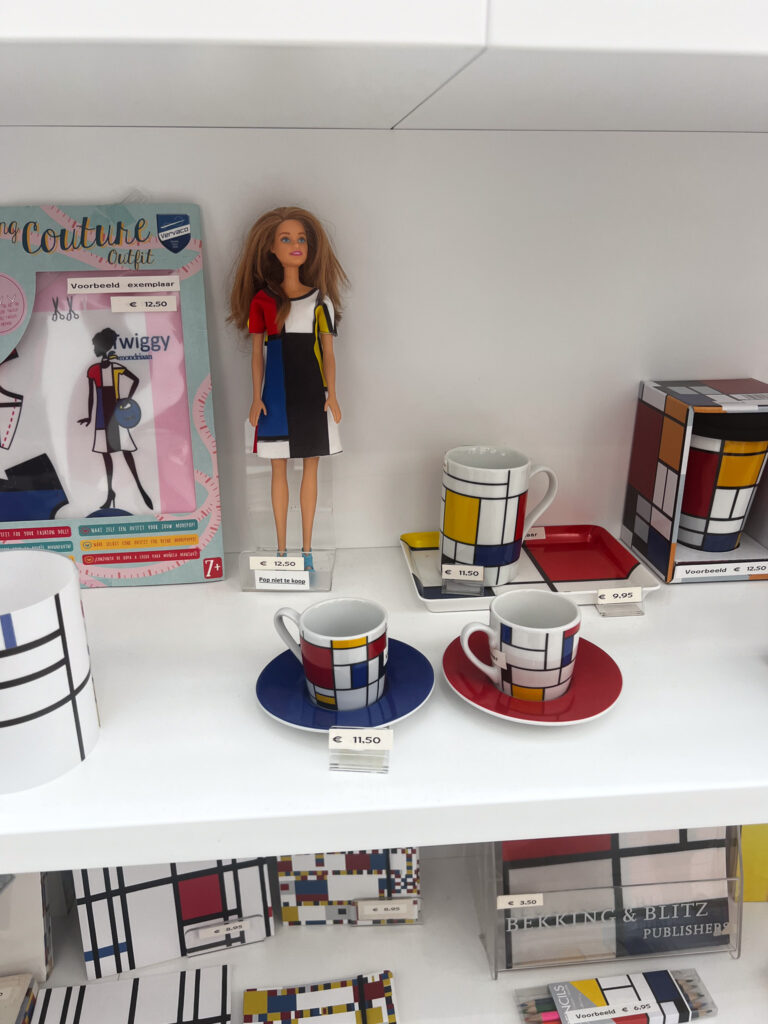

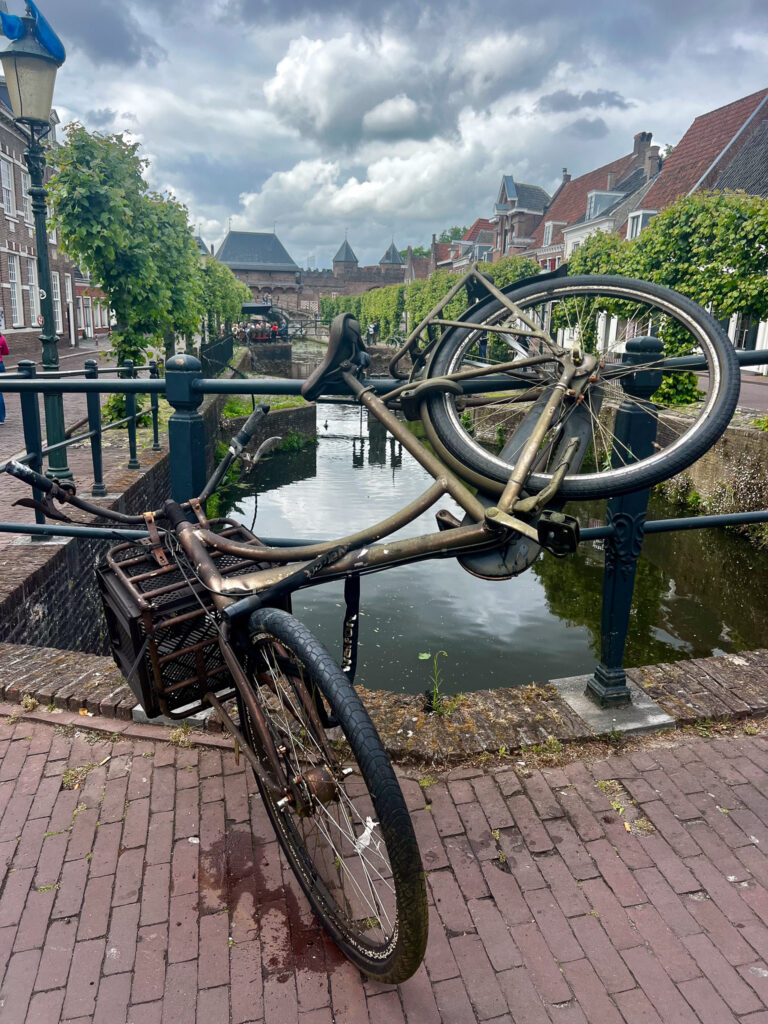
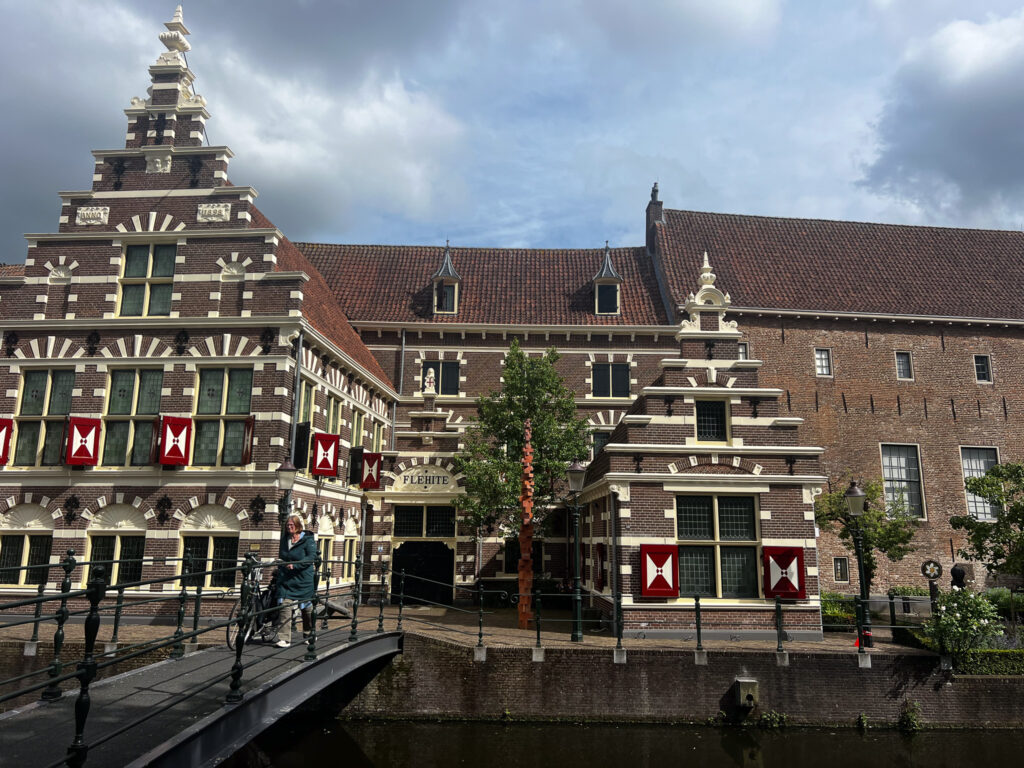
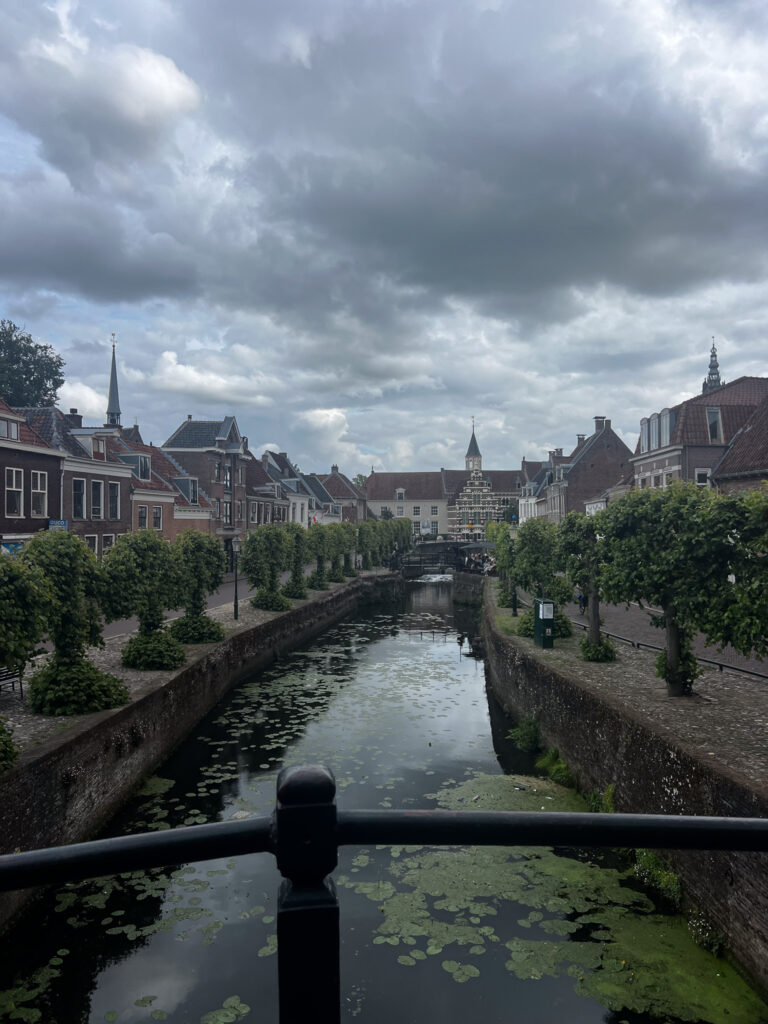
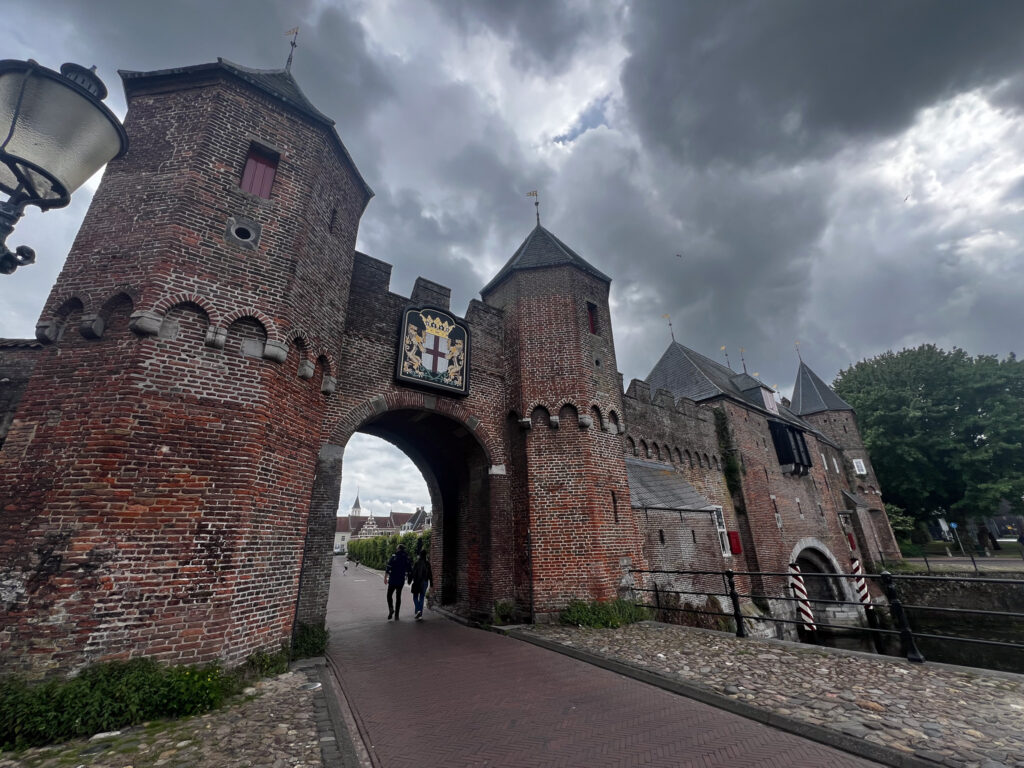
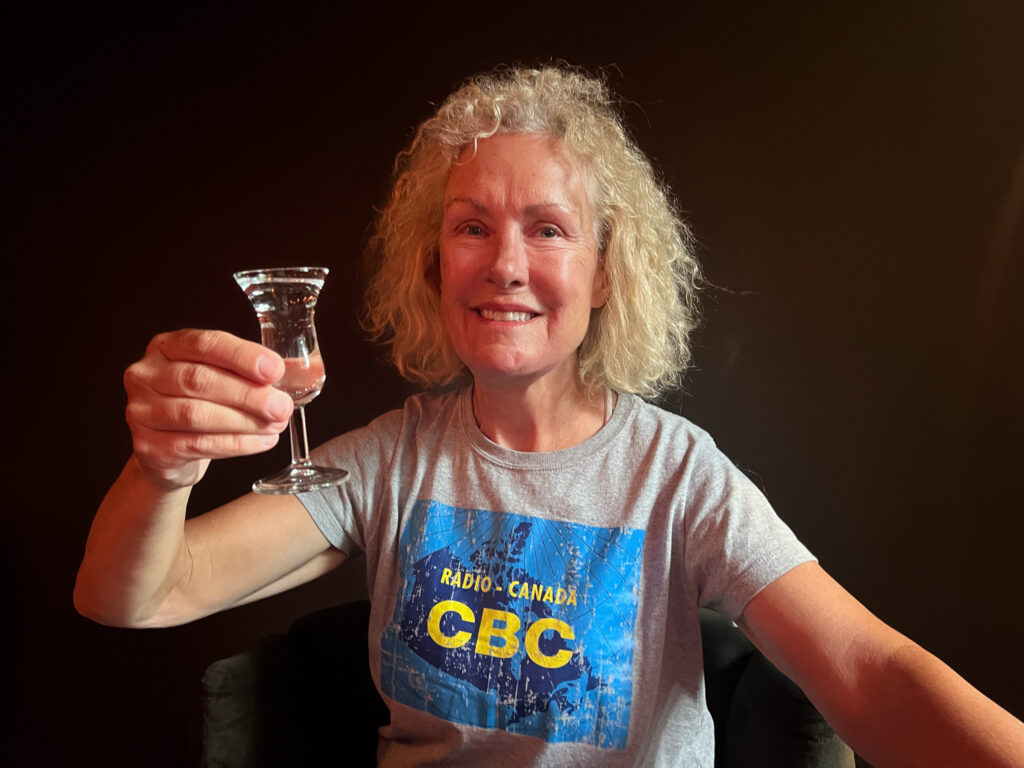
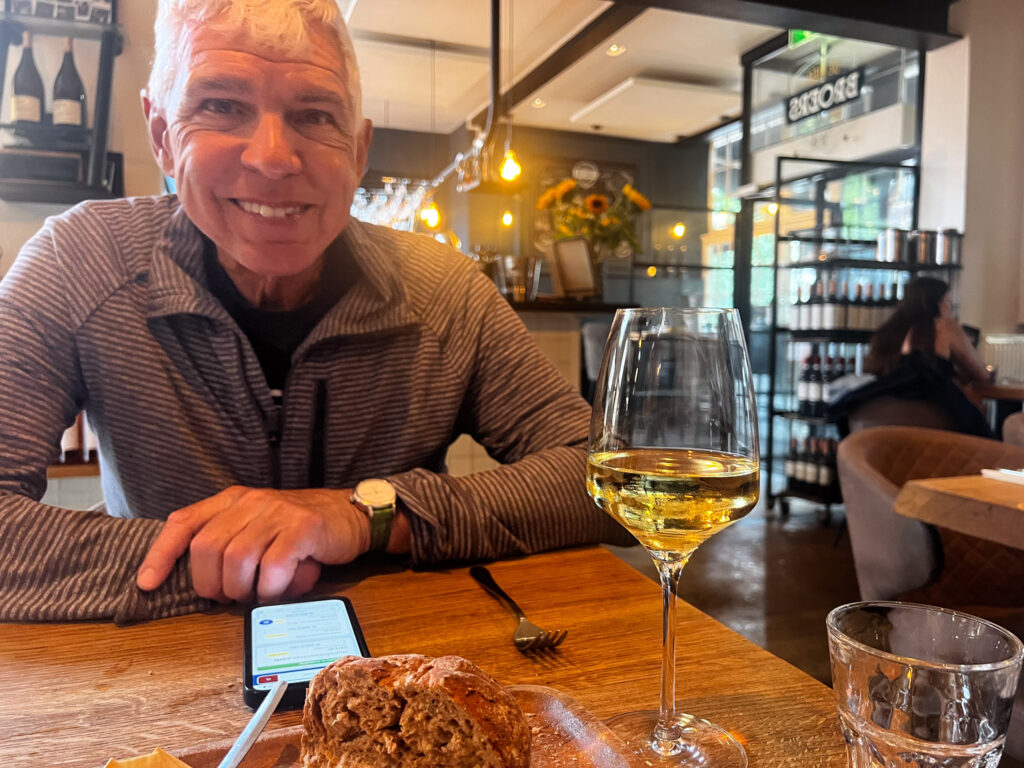
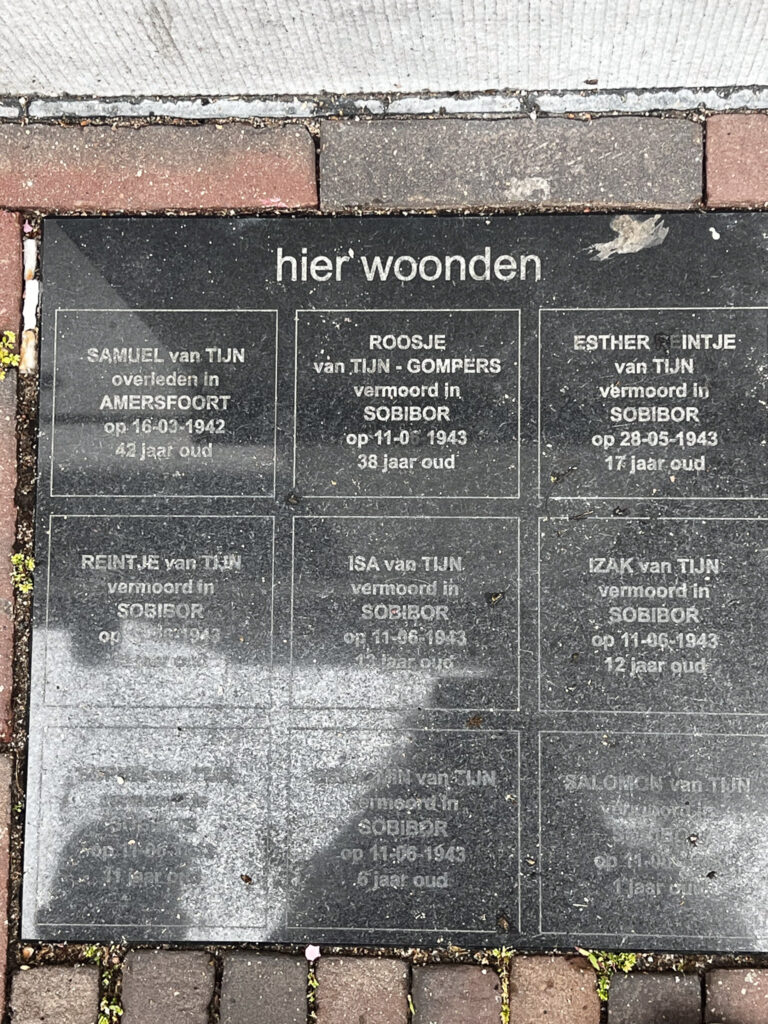
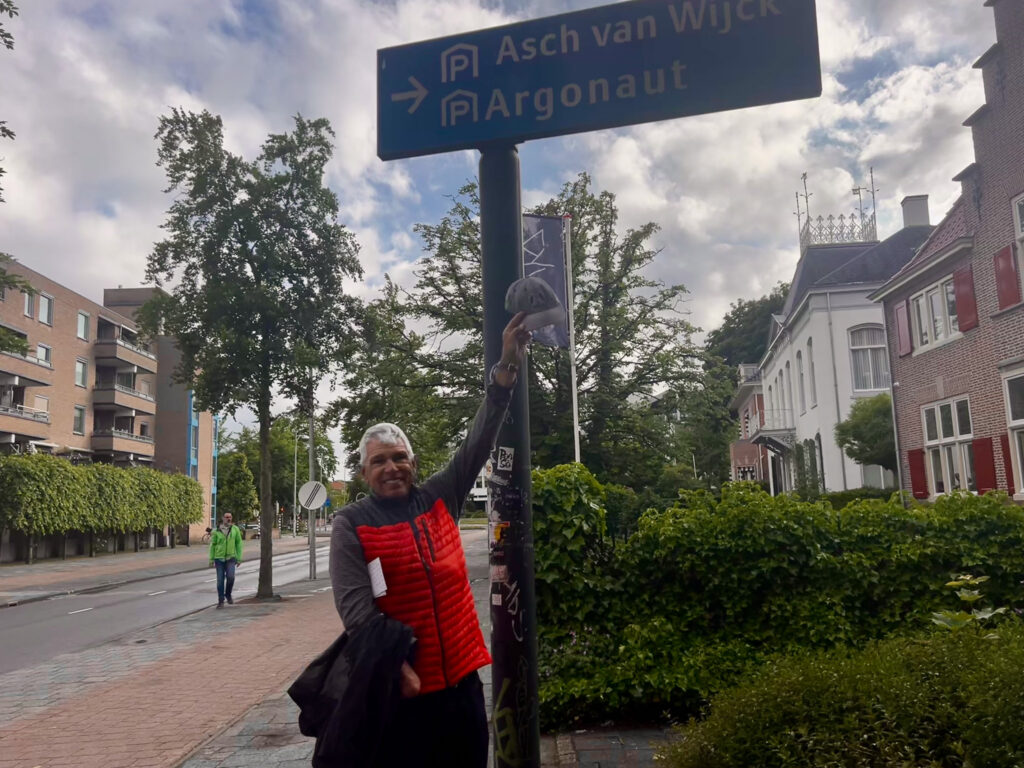
Did they explain why these building are built on canal bridges? In some small towns the city halls/”warehouses” are built over canals on what looks like a bridge for the simple reason that the town’s population held their cash there and if the town was under siege they would bring up a canal boat drop the money/gold into the boat and take off to lakes where they could not be pursued. Cool eh. My family lived in a small wealth town in the country surrounded by an 8 sided fortress, with canons, a canal running through the village and a town hall and bank over the canal “highway” ready for a fast get away. Could explain what I am naturally paranoid? An inherited gene? Just kidding.
0
0
Wow! Thanks for that background!!!
0
0